|
Volume XXV Part 3 Story horse? We’re back again with some of the most confusing Irish slang terms we could find! (Missed part 1 and 2? Catch up here and here!) Note: Just like in America, all slang presented below is regional. And just like America, it's difficult to figure out exactly where a singular word originates from when you're not living there. For this reason, regional information hasn't been included with this post. Jammy Very lucky! Winning-the-lotto type lucky. Used as an adjective, as in, You’re so jammy! Minus craic First, we need to discuss a term you may have thought you already had down: craic (pronounced like “crack.”) It’s most commonly heard as a way to say “what’s up?”—i.e. “how’s the craic?” or as a synonym for fun (which is often described as being “90” when really fun, i.e. “the craic was 90.”) However, there’s yet another way you’ll hear it: minus craic, which is when something is really boring. It’s not just not fun, it’s quite literally negative fun. Slagging Generally, teasing--making fun of someone, but in a friendly or nice way. Friends are just slagging each other. However, it can be used in a harsher way, as well. To slag someone off can mean to insult, criticize or upbraid them, sometimes behind their backs—this one is definitely about the context! Gas Fun or funny! This term is one that we had in the U.S. for a bit in the 50s, but has fallen out of fashion. You would describe someone, something, or an experience as being a gas when they make you laugh or you had a ton of fun doing it! A common way to use to this word is she/he/they/it were a gas altogether, i.e. really hilarious. Giving out To complain or scold someone for misbehaving. A parent might be giving out to their child about acting up in school, or a friend might be giving out to another friend about something their partner did. Usually related to another person’s behavior. Up to 90 Again, while we covered 90 last time as a way to describe the craic (it’s never 80 or even 100, always 90,) there’s another way the Irish like to use this number in their slang in two different ways. When someone says they’ve been up to 90 all day, they mean they’ve been incredibly busy/things have been chaotic. They may also use it as a way to express someone is bull-thick aka very angry, i.e. she’s been up to 90 since she found out I ate all the snacks. Will I, yea? A way of saying “I absolutely will not be doing that” in a sarcastic tone. As in: “You need to stop scrolling on TikTok.” “Will I, yea?!” It’s a definitely Irish way to answer someone—a lot of their slang has to do with opposites (i.e. saying you’re grand generally means you’re not doing so hot.) Yoke
No, this doesn’t have anything to do with eggs or oxen. It’s another catch-all word, this time for any object (a bit like we’d say “thingamajig,”) often used when you don’t know or can’t, at the moment, remember the name of an object. You might hear someone ask: What’s that yoke there? Sure look A catch-all phrase that’s essentially used as a response when you’re not sure what to say, largely to acknowledge the other person is speaking to you (i.e. “It’s so hot out today.” “Ah, sure Iook.”) There’s a ton of ways to use/interpret sure look: “it is what it is,” the person is uninterested in what you’re saying (kind of like mmhmm,) an answer to a rhetorical question, grudgingly accepting your mistakes, positive reinforcement, begrudging respect, to look back with satisfaction, or just as conversational filler. Click the link for example sentences! Give it a lash While lash by itself can mean heavy rain (i.e. “it’s lashing down rain,”) when used in this particular phrase it means to try something out. You’d say give it a lash the same way you’d say “give it a go” in America. (Don’t get it mixed up with being on the lash though—that means you’ve gone out drinking.) This post is part of a series. Check out our last Modern Irish culture post, with some fun Irish snacks, here. Check out the blog every Monday and Thursday for more posts about Irish history, dance culture, community news, and spotlights on our dancers, staff, and families—among other fun projects! And don’t forget to dance along with us on both Facebook and Instagram.
0 Comments
Volume XXIV Technological University of the Shannon: Midlands Midwest This week we’re turning our university spotlight to focus on the newest school in the country: TUS Midlands Midwest. This uni was officially opened in October of 2021, but the schools it was formed from have much longer histories. TUS Midlands Midwest is an amalgamation of the Limerick Institute of Technology, which was founded in 1852 (though it’s been through many incarnations,) and the Athlone Institute of Technology, which the Irish government established in 1970. The resources of these two storied organizations are now serving more than 14,000 students on their six campuses across four counties and three provinces: multiple in Limerick City, and then in Athlone, Thurles, Clonmel, and Ennis. Technological University of the Shannon: Midlands Midwest is as expansive as its name implies. First off, the Limerick campuses include the main Moylish campus, just outside the city, with 6,000 students, as well as the Limerick School of Art and Design (LSAD) in the city proper (plus, Coonagh, which holds engineering-focused research facilities—the first in the region!) Said to focus on “active learning through a fusion of theory and practice,” Moylish is the center of much student life—from society events to professional development opportunities. It also includes the 350-person Millennium Theater where the performance arts come to life, as well as the Hartnett Enterprise Acceleration Center, home to at least 20 startups at any given time. While Moylish is slightly outside of the city, LSAD on Clare Street is right in the heart of Limerick. LSAD houses one of the top 50 Fashion departments in the world, augmented by the school’s incredible location that allows for incredible, culturally rich offerings for the art-inclined student. The second principal campus after Moylish is Athlone, which provides over 200 industry-driven courses through the PhD level. These offerings include a large number of pioneering courses, as well as numerous study-abroad opportunities through the over 230 university partnerships the Athlone campus maintains (including in Beijing, New York, and Prague.) From their Business and Hospitality program where you can focus on everything from Tourism to Accounting, to Science and Health with everything from Nursing and Healthcare to Sport and Health Sciences—Athlone has prospects in a variety of industries. And Athlone’s population is around 25,000, making it the perfect balance between the recreation of a city and the coziness of a town. Meanwhile, Thurles maintains TUS’s “Sports Lab,” a world class sports strength and conditioning facility that increases student’s practical learning skills (and whose research is utilized by many sports teams!) The Lab includes: “a unique 3D Organic Motion Capture System for motion analysis, a 45m six lane sprint track especially designed to improve speed, a Paralympic area, cable machines, a range of sport technology systems, including micro electro mechanical systems and GPS systems; Olympic lifting platform; five functional screening kits; weights and the full range of exercise machines.” And just across from campus is the Tipperary Technology Park—making it a truly unique place to support new enterprise development in this field! Then we head over to the Clonmel campus, which is focused on digital subjects. These classes include their innovative Game Art & Design program, as well as Digital Animation Production, Creative Media and Design, and their newest focus: Visual Effects for TV, Film, and Animation. This relaxed, but technically-focused learning space strives for accessibility of cutting-edge tech while fostering creativity and invention. And the location can’t be beat! Right in the middle of the Golden Vale, this large town has everything you could want as a college student—cafes, restaurants, pubs, and culture—with the incredible natural beauty of the area an added bonus. The Suir Blueway Tipperary is just a stone’s throw away to hike or bike, not to mention the watersport opportunities along the river!
Lastly, we have Ennis, known for its small class sizes and Social Care Work courses in the middle of the largest urban centers in the Midwest, which retains its historic charm. However, within the gorgeous late-Georgian architecture, you’ll find thoroughly modern facilities with computer labs and recreational centers where students can complete “a total of 6 degree programs in Social Care, Early Childhood Care, and Education and Business.” Just like TUS’s campus here, this area of County Clare is known for its balance between “then and now,” which means the perfect combination of boutiques and eateries with buildings dating back to 1242 and traditional Irish music around every corner. Essentially, TUS has everything to offer—smaller towns and class sizes or a larger university feel in a larger city—whatever a student is looking for! But there’s one uni left in Ireland we haven’t covered, the most highly specialized on the list. Visit the blog next time to learn more! This post is part of a series. Read modern Ireland post, all Irish snack foods, here. Check out the blog every Monday and Thursday for more posts about Irish history, dance culture, community news, and spotlights on our dancers, staff, and families—among other fun projects! And don’t forget to dance along with us on both Facebook and Instagram. Luke Skywalker or Lugh Samildánach? Irish mythology has long influenced modern literature and media, times too numerous to count. From Tristan and Iseult inspiring Romeo and Juliet (which in turn became West Side Story) to mention of the banshee in Harry Potter to the influence of ancient Irish warriors on our conception of the American cowboy, Irish mythology has entered our collective conscious in a myriad of ways. But there’s one allusion so subtle that most people don’t see it at all, despite the fact that this series of films is one of the highest grossing of all time! We’re talking, of course, about Star Wars! Combined, the 12 films have earned over $10 billion worldwide (not counting the TV specials and series, books, and merchandise!), all without people realizing that our original hero, Luke Skywalker, is actually a reincarnation of the Irish hero of myth and legend, Lugh Samildánach. Let’s explore the connections! First, the names are pretty uncanny. Luke versus Lugh and Skywalker versus Samildánach—it’s hard to not see the parallel. Luke is said to mean “light-giving” (from the Greek,) while Lugh literally means “light” (from the Irish,) a complete match! While the “Skywalker” name seems self-explanatory, Star Wars lore gives a more complex explanation: it’s more than a last name, but a designation given to a Jedi warrior who can navigate with the force (aka Star Wars magic)—a highly specialized skill. Similarly, “Samildánach” is a title as much as a name as well--meaning polymath aka many-skilled, and many-skilled Lugh was (he was known to be a great musician, a healer, and craftsman, among other things.) The key here is both names grant the men a title that mark their skills! Speaking of skills, next comes the resemblance of what can make or break any great, fictional warrior: their weapons and skillset. Both Luke and Lugh are known for their iconic weapons of choice: the lightsaber and the spear of Gorias, respectively. In Star Wars, lightsabers are essentially laser swords/spears that can cut through virtually anything, the use of which is greatly enhanced through skill with the force. The spear of Gorias is an invincible spear that represented fire/light (in some versions a sword, in some versions it can conjure a lightning bolt,) given to Lugh to help him defeat the Fomor in battle (like Luke’s lightsaber was given to him to defeat Vader, but more on that in a sec!) Additionally, both warriors are highly skilled in the magic of their mythologies, making them almost impossible to defeat. And then, we have their origin stories: Luke Skywalker was raised by a foster family (that he thought, erroneously, were his aunt and uncle) to protect him from his (SPOILER!) father, the evil Darth Vader. Luke eventually goes on to defeat Vader in battle with his lightsaber. Lugh was also raised by foster parents, as a prophecy meant he had to be hidden away from his grandfather, the Fomor King Balor of the Evil Eye (Vader’s face isn’t looking all too good, either.) When Balor unjustly slew the Tuatha leader, Nuada of the Silver Hand, Lugh fulfilled the prophecy by killing his grandfather with a lightning bolt from his spear (though there’s many versions—even some with a slingshot.) Can’t be a coincidence!
Lastly, the governing philosophy of the Star Wars franchise mirrors Celtic mythology’s own main principles: duality and balance. Both collections of stories concentrate on good and bad, dark and light, birth and death, planting and harvest, and importance of keeping these things in harmony for the good of the universe. There’s no real moral ambiguity in any of these tales: there are good guys, and bad guys, and the good guys win (though, if either has a little more nuance it’s definitely Irish mythology—that was the basis of real, lived religion instead of a sci-fi/fantasy story, after all!) Can you think of any Celtic tales that inspired modern media? Let us know in the comments below! This post is part of a series. Read our last Irish mythology post, all about garden creature myths, here. Check out the blog every Monday and Thursday for more posts about Irish history, dance culture, community news, and spotlights on our dancers, staff, and families—among other fun projects! And don’t forget to dance along with us on both Facebook and Instagram. 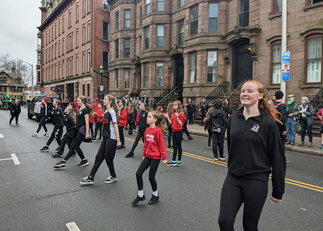 The next letter up in SRL core values of G.R.E.A.T.E.R. is T for Transparency! Transparency is the state of being transparent, or, for our purposes: 1) “characterized by visibility or accessibility of information, especially concerning business practices,” 2) “readily understood,” and 3) “free from pretense or deceit.” This three-pronged view of transparency in studio comes down to free, open, and honest communication, and, of course, complete authenticity—it’s what we promise as a business, and what we encourage in dialogue with the dancers we nurture. We’ll admit it, we send a lot of emails. But what we’re always striving for is in our communication with our parents and dancers is complete transparency—information that can be both readily understood and completely accessible. We always want to make sure you have all the information you need for your dancer to fully participate in the vibrant Irish dance community in whatever capacity you choose—for fun and recreation, and/or on a more competitive plane. From our monthly announcements to our private community Facebook page, we try to give our parents as many resources as possible to always have the answer to any question they might have at their fingertips. And we’re always available to answer questions about our programs and business practices at office@irishdancect.com (Devon, our Office Manager) and hello@irishdancect.com (Courtney, our Director) whenever you need! 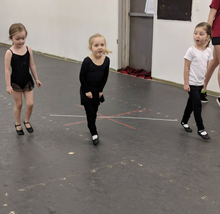 But we also always strive for transparency when it comes to the more difficult subjects—like when a dancer is ready to advance levels, start hard shoe, or learn new steps. We always have clear objectives set out, along with accompanying expectations, and expected outcomes so dancers can see and understand when they’ve succeeded in those objectives and what needs to happen to help them reach those goals. Giving students a conscious understanding of how and why they learn and progress is proven to increase success in the classroom—something that extends to the dance studio, as well! This transparency empowers our dancers to see themselves as having the agency to enact their own transformations, as they’re given the tools and information necessary to know exactly what kind of hard work they need to put in to grow in their practice. Being authentic with our dancers, i.e. having realistic and honest interactions with our dancers, also allows them to develop self-reflection and communication skills, abilities that will aid them outside of the studio—in school, in their interactions with others, and one day, in the work place. We view transparency and the resulting honesty to be a life skill that will help our dancers become leaders, rather than just one that will help them evolve as dancers. If you ask almost anyone one of the keys of being a good leader, transparency (i.e. communication to help understand the whole of a problem, promoting teamwork while encouraging individual voices) comes up again and again. SRL is a community built on authentic relationships—between teachers and dancers, dancers and their peers, and the studio with the parents. 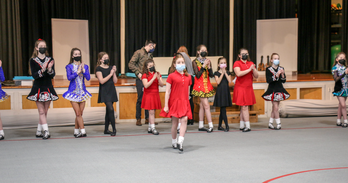 Above all, transparency at SRL mean authenticity in who we are and what we believe—exactly why we write these blog posts! On the blog you’ll find plenty of fun (tons of fun facts about Ireland, for example!), but also information about Ireland’s culture, history, and mythology—not to mention all you need to know about Irish dance. Irish dance is more than an artistic sport, it’s also a cultural practice, living history, and a community. We’re here to let our dancers and their parents speak for themselves about their experiences, as well as spread the word about Irish dance’s benefits and history, valuing tradition while moving forward in transparency. But there’s still two more letters in our core value acronym! See you next time for the second e in G.R.E.A.T.E.R.—E for the all-important trait of Enthusiasm! This post is part of a series. Take a look at our last core values post, all about appreciation, here. Also: check out the blog every Monday and Thursday for more posts about Irish history, dance culture, community news, and spotlights on our dancers, staff, and families—among other fun projects! And don’t forget to dance along with us on both Facebook and Instagram. Volume XXVIII Nothing tells you more about a country than its unique and delicious snacks! From Australia’s fairy bread and Greece’s koulouri to Japan’s crazy-flavored Kit Kats and Scotland’s Irn-Bru, the world holds innumerable delicacies that you’ve never even heard of—including Ireland! Here’s five more snacks the Irish love (at least in some parts of the country): Spice Burgers To understand spice burgers, you first need to know what a chipper is—essentially, a little mom-and-pop, hole-in-the-wall takeaway restaurant where the majority of things are deep-fried (remember: chips are fries!) The staple meal is fish and chips, but chippers offer a variety of options, including the ever-popular spice burger. These are made of ground beef (hence burger,) mixed with “onions, cereals, and herbs and spices, coated with a traditional outer crumb.” This isn’t served with a bun though, just as a patty alongside your chips. Spice burgers remain so popular that when Walshs, the inventor and main supplier of spice burgers, went out of business in 2009 due to the recession they were back in business within the year (the public outcry was just too loud!) Flying Saucers A classic candy in Irish memory, flying saucers get their name from their unique shape—they look, undeniably, like our imaginings of an alien spacecraft. Also called satellite wafers, the candy gained popularity during the Space Race of the 1960s, when they spread across the UK and Ireland from their Belgian origins. The candy itself comes in a variety of pastel colors per packet and is made of a crispy rice paper shell that melts in your mouth to reveal little sour-sweet beads inside. The interior is made of a candy called sherbet, a fizzy candy powder otherwise eaten with the aid of a lollipop—akin to Baby Bottle Pop or Fun Dip (but in its own container—so maybe more like Pixie Sticks, though don’t eat that paper!) Crisp Sandwich Many Irish people refer to this simple snack as a “delicacy”—it’s that beloved. And it’s exactly what it sounds like: chips aka crisps (preferably Tayto’s, and preferably Cheese and Onion flavor,) butter (Kerrygold is recommended,) and white sandwich bread (try Brennans if you can.) That’s it! Beyond the importance of the above ingredients, tips include: making sure the butter is soft so it doesn’t rip the bread, don’t add any fancy spices and herbs, and of course, make sure to make two—once you start, you’re going to want more. There are definitely personal variations out there, but for some things, simplicity is what makes it good (and crisp sandwiches are definitely one of those things.) Ribena What’s always interesting is what flavors are most popular in different countries. While America loves its cherry and blue raspberry, Ireland tends to favor blackcurrant—as evidenced by their love of the juice drink Ribena. Technically a British import (it was invented in 1938 in England as a source of vitamin C for children during the war,) Ribena is flavored with the tart-sweetness of the blackcurrant berry and comes either carbonated or non-carbonated. Though it was originally advertised as a healthy option, it’s generally considered a soft drink these days due to its sugar levels. But if it’s so good, why don’t we have it here? Blackcurrants are a banned crop in the United States, as they can carry a fungus that kills pine trees! Dulse and Yellowman
You may have thought a sandwich with just butter and potato chips was going to be the strangest snack on the list, but this regional treat takes that title! Dulse and Yellowman is the unexpected pairing of a purple seaweed called dulse that’s been dried into chewy chips and a type of toffee-like honeycomb called yellowman—reflecting its intense hue. This is a Northern Ireland specialty, as that’s where dulse is native to, where this salty-sweet snack has been sold for hundreds of years! It’s traditionally sold and eaten at the Auld Lammas Fair at the end of each August, held in Ballycastle, County Antrim—so this is definitely more of a special treat than an everyday snack! Of course, thanks to the power of the internet, you can get essentially all these items here these days (yes, even dulse!)…and we know this made us hungry for a taste of Ireland. Happy snacking! This post is part of a series. Read our last modern Ireland post, all about Munster Technological University, here. Check out the blog every Monday and Thursday for more posts about Irish history, dance culture, community news, and spotlights on our dancers, staff, and families—among other fun projects! And don’t forget to dance along with us on both Facebook and Instagram. Volume XXVII Munster Technological University We officially have the newest university on the list: MTU aka Munster Technological University, officially founded in 2021! But don’t let this school’s recent birthday fool you, this school’s six campuses in two different Munster-based cities have a wealth of education awaiting their students. An amalgamation of multiple (already existing) different technical and specialty schools, MTU has a student body of approximately 18,000 students supported by over 2,000 staff members, in more than 140 courses and programs! All located in the southwest of Ireland, the majority of the student body resides in the 4 campuses located in Cork—the second largest city in the country. Cork is known as the culinary center of Ireland (make sure your student checks out the English Market—the oldest and longest running food market in Europe,) and is compact enough for students to navigate without trouble. It also hugs Ireland’s coast—making the weather more temperate and the views unmistakable! If your student’s studies take them to MTU’s other two campuses, located in coastal, pastoral Kerry, they’re in for a special 4 years. Kerry’s known for its stunning natural beauty (from the Ring of Kerry to the Skellig Islands,) and is also home to Ireland’s oldest traditional fair (the Puck Fair)—there’s a reason County Kerry is Ireland’s most popular tourist region. On top of that, both areas are known for their lively arts scenes! Technological schools have the reputation of concentrating on STEM-subjects only, but MTU has opened its doors and mind to a wider range of subjects. While you’ll certainly find Business, Engineering, Science, Nursing, and Computing (along with tech-focuses, more specific subjects in STEM like Pharma and Agri-Food,) the school is also known for its stellar courses in Tourism, Humanities, and Arts and Music (among so many more!) MTU has more than 120 college partnerships worldwide to make sure their students are able to expand their education in whatever direction their studies take them. Students are encouraged to partake in multidisciplinary research and study, only augmented by small class sizes and the university’s acclaimed “ladder” structure that helps students progress through different levels of accreditation and qualification in their chosen field. However, MTU’s pride and joy is its focus on maintaining close links to a multitude of industries, operating a vibrant innovation center that encourages entrepreneurial spirit that helps launch startups! Don’t have a company idea? That’s okay—there’s six research centers in any discipline you can imagine (and open to new ideas!) and a wealth of internships to be had through MTU’s industry-connections. The emphasis throughout a student’s time at MTU is on learning through practical application so students have the education and necessary skill set to thrive in our current, tech-driven economy. There’s a reason that when they were called CIT (Cork Institute of Technology,) they were the Sunday Times’s “Institute of Technology of the Year” 3 times! (Including in 2021!) Student life at MTU (both campus locations!) is a rich one—and not just because of the incredible locations. Beyond the newly renovated sports complex on the Cork campus, there are over 100 clubs and societies available to join, and a ton of resources for international students! 10% of the students in the city of Cork are international, so there’s a thriving ex-pat community. And unlike many Irish institutions, there’s even an office to help students find accommodations—MTU is definitely a school looking out for its learners!
But there’s one more technological uni left in Ireland to explore—join us next time for a trip to the Midlands! This post is part of a series. Read our last modern Ireland post, all about Technological University Dublin, here. Check out the blog every Monday and Thursday for more posts about Irish history, dance culture, community news, and spotlights on our dancers, staff, and families—among other fun projects! And don’t forget to dance along with us on both Facebook and Instagram. Read our last ten fun facts here. 1. Newgrange, an exceptionally large and well-preserved grand passage tomb built by prehistoric farmers, is 5,200 years old (having been built around 3200 BC.) Located in County Meath, near the River Boyne, this monument is older than the Egyptian pyramids and Stonehenge! 2. While there’s a long-standing a negative stereotypes about Irish aggression (due in largely to The Troubles,) Ireland’s real legacy is that of peaceful protest. Daniel O’Connell, an Irish nationalist and revolutionary, didn’t want to repeat the violent upheavals France had suffered and instead advocated for nonviolent measures during his successful Catholic Emancipation movement in the first half of the 19th century (leading the way for Gandhi and Martin Luther King, Jr., among others.) 3. Currently, 17% of people living in Ireland are of foreign birth. 46% of these new inhabitants arrived in just the last 5 years, putting Ireland far ahead of most OCED countries (with a 22% average.) This is a steep increase is likely due to Ireland joining the EU as 20 years ago that number was only 2%! 4. The President of Ireland plays a slightly different role than ours (beyond the fact that while he’s elected by the people, he serves a 7-year term!) While he has certain powers, the actual head of government is the Taoiseach (Ireland’s Prime Minister)—a person appointed by the president! 5. Speaking of presidents, 23 out of the 46 presidents the United States has had since its founding have at least some Irish ancestry. And that includes 6 of the last 7—Reagan, the Bushes, Clinton, Obama, and Biden! (Though JFK’s the president we think of when we think Irish!) 6. On the flip side, Ireland has the highest net emigration level in Europe, with approximately 1 in 6 people over the age of 15 living abroad. That’s about 17.5% of the population! 7. The first potato planted in Ireland (which, despite them being an Irish staple now, didn’t happen until 1589) was planted in Cork by Sir Walter Raleigh (yes, that guy from Disney’s Pocahontas--though that was a pretty skewed version!) The potato isn’t native to Europe, but rather, Peru! 8. Dublin was founded by Vikings—not once, but twice. First, in 841 AD, and then again in 917 (Scandinavian settlers were briefly expelled in 902, but they came back.) It stuck the second time, becoming an extremely wealthy port city that’s remained the hub of Ireland’s political life ever since!
9. But modern Dublin is considered Europe’s answer to the U.S.’s Silicon Valley—in the last 20 years, the city has become the European base to some of the largest tech companies in the world. This largely has to do with the fact it’s considered a tax haven for large companies, leading Google, Etsy, and Facebook, among others, to land there. 10. There’s no direct translation of the words “yes” or “no” in Irish (aka Irish Gaelic or Gaeilge.) While this sounds impossible to English-speakers, it just means the Irish need to use a few extra words in order to reply with the negative or positive. (I.e. If you ask “Would you like…?” in Irish, you could respond: Ba mhaith liom i.e. “I would like…”) This post is part of a series. Read our last fun facts post here. Check out the blog every Monday and Thursday for more posts about Irish history, dance culture, community news, and spotlights on our dancers, staff, and families—among other fun projects! And don’t forget to dance along with us on both Facebook and Instagram. 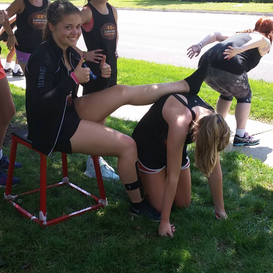 Next up in SRL’s Core Values of G.R.E.A.T.E.R with have A for Appreciation. Appreciation is one of those words with multiple definitions—1) “a feeling or expression of gratitude” 2) “judgement, evaluation” 3) “sensitive awareness, especially: a recognition of aesthetic values” and 4) “increase in value.” While it’s easy to look at these definitions and deny that they have anything to do with a dance studio, the truth is all four of these definitions can and do apply in this studio. Between learning gratitude (for their opportunities, families, fellow dancers, etc.,) appreciating i.e. evaluating their own skills, cultural appreciation, and learning to see their growth as appreciating their own value—SRL dancer know that Appreciation is more than a thank you card. It’s the expression of respect, kindness, and self-love through hard work, dedication, and acknowledgement of others. The first aspect of appreciation revolves around the idea and action of gratitude, a kind of buzzword these days. But Oprah’s gratitude journals aren’t just a trendy way to sell stationary—there are very real, proven mental health benefits to learning to find, express, and act on our gratitude in our day to day lives (including, of course, dance class!) Our dancers aren’t just in class learning steps (though they’re certainly doing that,) but helping each other learn and grow—just as someone has done for them, and they will continue to do for others. This community-focused gratitude includes their families and the time they sacrifice in support of their dancers’ dreams, appreciation of their teachers and their work, and, always, appreciation of their own hard work and achievements. Learning to feel this gratitude, show it, share it, and practice it can improve moods, lead to more optimistic thinking, improve social bonds, and even have physical health benefits! 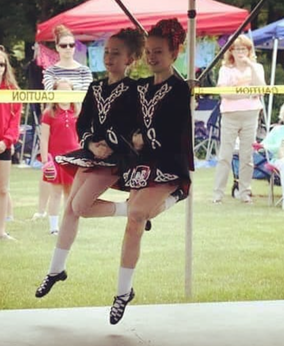 The next facet of appreciation sounds like the opposite: “judgement, evaluation.” But in the dance world, we see the ability to self-evaluate as a skill that not only helps dancer become better in the studio, but to grow in all aspects in their life. This isn’t about judging themselves harshly, but rather the ability to self-reflect—whether it be about how much work they need to put in to meet their next goal in dance or in school (and one day, work,) or how their behavior affects others around them. Elementary and secondary educators emphasize the importance of children learning the skill of self-reflection for not only academic growth, but personal growth in their ability to be functioning members of society—it’s an expertise that begins to be taught as early as pre-school in order to see how their actions have consequences. It’s as true in dance as it anywhere else in life! The next is clearer in Irish dance than perhaps any other dance discipline: cultural appreciation. While all dance disciplines have their own unique, cultural roots, Irish dance has kept an extremely high level of tradition in its dress, steps, and music that helps connect dancers around the world to Ireland’s historic customs and ethos. This has the positive effect of not only connecting them with Irish culture, but instilling in them appreciation for any other culture outside their own. The importance of opening ourselves up to different people, places, histories, and viewpoints can’t be overstated, and there’s no better lens to begin that journey through than the arts. Becoming part of the world, rather than just your part of the world, breeds empathy, opens minds, enhances communication, and allows you to learn! Irish dance and culture is only the beginning. 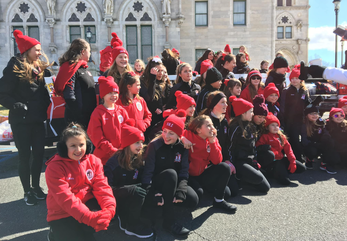 And lastly, we have the concept of appreciation when it comes to “increase in value”—something we tend to connect with homes, antiques, that kind of thing. So what does it mean for a dancer? At SRL, there’s no value inherent in your competition level, class level, etc., but rather in your own personal path, in setting realistic goals and working toward them, in doing your best and working your hardest. We see this version of appreciation as an increase in self-worth that comes from diligence and commitment, rather than the score the adjudicators hand down—winning is great, and we’ll always celebrate it. But knowing you gave your all is a more priceless victory—the kind that appreciates over time and contributes positively to a dancer’s self-respect and self-confidence. Appreciation isn’t just a word, it’s an action we enact every day at SRL—from the way we respectfully treat each other, other cultures, and ourselves, expressing our gratitude for the incredible opportunities Irish dance and its community provides. But we haven’t completely covered how to be G.R.E.A.T.E.R. yet! Tune in next time to find out what that capital T is all about! This post is part of a series. Read our last core values post, all about capital E Excellence, here. Check out the blog every Monday and Thursday for more posts about Irish history, dance culture, community news, and spotlights on our dancers, staff, and families—among other fun projects! And don’t forget to dance along with us on both Facebook and Instagram. Garden Creature Mythology, Part 2 Read part 1 here We’re back for week two of the mythology of some of our favorite springtime bugs and beasts—featuring some four-legged friends this time! It finally truly feels like spring here in Connecticut, and while the average April temperatures in Ireland tend to be a little chillier (tends to stay in the 50s there,) it’s remains their first real season of blossoming and blooming as well. So get your wellies and gardening gloves on—we’re diving right under the hedgerow! The first furry friend on our list is protected under the Wildlife Act of 1976—the badger (aka broc.) Due to the modern realization that they can carry diseases that affect livestock and the age-old (outlawed, but still practiced) sport of badger-baiting, populations are still in decline. But perhaps the folklore around badgers has a bit to do with it as well: badgers have long been considered to be bad luck and an omen of death. There’s an old saying: “Should one hear a badger call, / And then an ullot (owl) cry, / Make thy peace with God, good soul, / For thou shall shortly die.” But, like most things we considered bad luck, there are certain situations where they can be good luck, as well: if a badger crosses behind, rather than in front of you, that’s good, and badger teeth are considered good luck for gamblers. Badgers are quite powerfully built little mammals and will fight aggressively to defend themselves and their homes (underground tunnel systems called “setts,”) leading to a certain reverence for them—some tales even claim they’re actually shape-shifters that are actually warriors. But those aren’t the only trickster animals in Irish folklore—for none can match the skill and cunning of the sionnach, aka the fox. They too are shapeshifters in the myths, due to their reputations of quick escapes, charming appearance, and ability to adapt to new situations and places. The word “shenanigans” is even thought to come from the Irish word sionnachuighim, meaning “I play the fox”—aka sly and calculating behavior (foxes, after all, can leave false trails to deceive hunters.) They’re so quick-witted, apparently, that they’re even able to foresee the future and hearing their bark is supposed to be an indication of eminent rain. It’s thought to be particularly unlucky if the first thing you see leaving your home in the morning is a fox (or a red-haired female stranger,) especially as a fisherman. But, of course, the fox is assumed to be able to confer good luck simultaneously as they can be a symbol of both diplomacy and protection—one of the “bog bodies” called the Lindow Man (thought to be a 2,000-year-old Druid) was found wearing a fox fur amulet. On the smaller side we have the gráinneog, or hedgehog, though their small stature didn’t stop them from gathering a negative reputation. The Gaeilge word for hedgehog translates literally to “little, ugly thing” and their odd appearance (which has changed very little over the literal millions of years they’ve existed) has led to some odd superstitions and assumptions. In Ireland, hedgehogs were long thought to be evidence of evil spell work afoot to the point that a bounty was placed upon them during the early witch hunts of 1566. Some even thought that hedgehogs were witches themselves, shapeshifting to avoid detection and to drink milk from cows’ udders (though, it must be noted, hedgehogs are in fact lactose-intolerant.) Similar to the fox, they were considered able to predict changes in weather (probably due to the fact they hibernate when winter’s coming on,) which may actually be where our modern tradition of Groundhog Day comes from. No wonder they’re so abused in folklore—no one likes to hear there’s more winter coming. Less furry, but still four-legged, we have the losgann, aka frog. The frog is yet another creature associated with witches and magic, as well as the underworld. This may be partly due to the fact that frogs are a late addition to Ireland’s animal life, thought to be introduced in either the 12th century by a Norman ship or even later—perhaps in the early 1600s by Trinity College students (no surprise this second date correspond to times heavy with witch hunts.) As frogs were often associated with potions and spells, the term “frog in the throat” may stem from the Irish superstition that putting a frog in the mouth of a child three times and letting it swim away could cure whopping cough. This isn’t the only illness frogs were said to be able to cure—anything from epilepsy and rheumatism to toothaches and colds. They also can predict the weather, supposedly, though by their color rather than their croak (their croak is, of course, a warning sign as a witch’s familiar.) And make sure not to let them in your home—like so much else, it’s considered bad luck. Okay, we have to look up one more time for our last garden creature in Irish mythology: the bat, or the laltóg. I know won’t be shocking at this point in this post, but bats have long been associated with witchcraft in Irish lore and are often thought to be the souls of the dead (making it an ill omen if they enter the home or get entangled in your hair.) Like the hedgehog, there were rumors that bats were shapeshifting witches—particularly the enchantress Tehi Tegi, who used her bat form to bring men to their destruction by luring them into rivers. (However, seeing a bat at sunset was considered an omen of fair weather the next day—here are a lot of common themes here!) One of the most notable mentions of bats in all of literature has shaped how we look at bats for over a century--Bram Stoker’s Dracula, first published in 1897. Between the tale of the Irish vampire (the Abhartach,) the behavior of the now-called vampire bat, as well as the shapeshifting lore about bats in general, Irish-born Stoker immortalized a myriad of Irish folktales without many outside Ireland even realizing the origins!
That’s a wrap on garden creatures—though there’s so many more tales and legends we couldn’t fit in here. Folklore and legends prove time and again to be how we make sense of the world around us while science rushes to catch up and explain. So Happy Spring to all creatures big and small, furry and slimy, flying and land-bound, good luck and bad! This post is part of a series. Read our last folklore post, with five other garden creatures and their mythos, here. Check out the blog every Monday and Thursday for more posts about Irish history, dance culture, community news, and spotlights on our dancers, staff, and families—among other fun projects! And don’t forget to dance along with us on both Facebook and Instagram. Volume XXVI Technological University Dublin For this one, we have to start with a little clarification, as a technological university is a little different from your standard school. While your ordinary university generally covers the whole gamut of subjects available to study, technological schools are usually more STEM-based (i.e. science, technology, engineering, and mathematics.) However, that doesn’t mean the arts and humanities are ignored (STEM is often now called STEAM or STREAM for this reason—adding the arts and reading back in as they only augment and enrich a science-based education)—just that the main focus of the uni tends to swing in the direction of science. Technological University Dublin is no different! While TU Dublin’s main focus is on STEM subject matter, it even has an entire school devoted to Arts and Tourism, attracting students across a wider variety of disciplines than their name might suggest. This becomes even more clear when you learn that TU Dublin is the second largest university in Ireland, with over 28,500 enrolled! These students attend class over five different Dublin-based campuses--Grangegorman, Aungier Street, Bolton Street, Blanchardstown, and Tallaght—each of which mixes the forward gaze their technological school status suggest with Ireland’s most historic cityscape. Grangegorman is the flagship campus (with over a third of the students based there,) and includes one of the gems in TU Dublin’s crown: the Greenway Hub. This brand new and state of the art facility houses the Environmental, Sustainability, and Health Institute, as well as the DIT Hothouse with its start-up incubator. TU Dublin funds many student start-ups themselves, but also partners with multiple companies to help get entrepreneurial students the leg up they need—not to mention access to top-shelf staff, mentors, and research facilities. TU Dublin as it currently exists is a relatively new school, technically only established in 2019. It’s past has much deeper roots, though—the original iteration, the City of Dublin Technical Schools, dates back to 1887, and the school has been adapting, growing, and absorbing other technical universities along the way ever since. While history can sometimes mean everything in a country as old as Ireland, TU Dublin’s dedication to revising itself is a testament to its current motto: Fédearthachtaí as Cuimse, aka “Infinite Possibilities"—this is a school committed to the cutting edge, doing all they can to help their students solve the world’s most pressing challenges and needs as they arise. A final count of all the different technological schools represented under the TU Dublin banner racks up to (approximately) nine! While this relatively young university may fall behind in the rankings compared to some of Ireland’s more storied institutions (in the top 1000 schools in World University Rankings versus others under the 500 mark)--it does rank in the 200s when it comes to Impact, and in the top 400 in Young Universities. In terms of student satisfaction, it’s a definite win: the research site Study Portals ranks TU Dublin (in their cumulative Global Student Satisfaction Awards) at a 4.0 Overall Satisfaction and Student-Teacher Interaction, a 4.1 for Quality of Student Life, an impressive 4.4 for Student Diversity, and a whopping 4.6 for the ease of the Admissions Process. This reportedly stems from the breadth of student accommodation, the sheer number of societies and sports clubs, extensive library services, as well as its stand out: their comprehensive ICT services that make sure students have the most up to date technological services at their fingertips. And all that without mentioning the benefit of living in Dublin! Whether you’re there for app development, environmental studies or the creative arts, in the School of Media or the College of Sciences and Health, TU Dublin lets students live smack in the middle of an intellectual, cosmopolitan city. From the history and culture to the unending activities and excellent public transport (not to mention ease of travel to other European destinations,) Dublin is an incredible place to experience college life! But Dublin isn’t the only place worth visiting in Ireland! You’ll have to tune in next time to learn about another technological university—but in Munster! This post is part of a series. Read our last modern Ireland post, with some YA book recs, here. Check out the blog every Monday and Thursday for more posts about Irish history, dance culture, community news, and spotlights on our dancers, staff, and families—among other fun projects! And don’t forget to dance along with us on both Facebook and Instagram. Garden Creature Mythology, Part 1 Happy spring, to one and all! With Easter just past (check out last year’s posts about Easter and springtime Irish traditions,) it’s finally starting to feel like the blooming season is upon us. To celebrate the return of the sun (and the feeling in our fingers,) we thought we’d bring the blossoming garden to the blog today with some interesting mythology surrounding the creatures waking up around us! First up, the robin—the harbinger of spring across the world (slightly different species of this red-breasted little bird lives all across North America, Europe, and Africa.) In Irish, the European robin is called the spideóg, and spring isn’t what they’re considered a harbinger of…but rather, a death in the household (if they fly in or are tapping on your window.) However, other mythology surrounding the robin is more positive: robins are said to have plucked the thorns from Jesus’s brow, staining their breasts red (or possibly, the red is from fanning the flames of the hearth to keep the baby Jesus warm.) Similarly, they’re often depicted in Celtic folklore doing a good turn or granting wishes for people, so killing them is considered a grave offense that would result in a lump on or a tremor in the offender’s hand. As the saying goes: “Kill a robin or a wren, never prosper, boy or man." But the robin isn’t the only bird that features in Irish folklore—as you can tell from the above quote, wrens (aka dreoilín) also feature prominently. Wrens were considered a sacred bird (also called the magus avium, or “magic bird”) by the Druids of ancient Ireland who were said to have practiced divination using their song, seeing them as symbols of wisdom and divinity. They’re considered the “King of Birds” for, as the story goes, when all the birds gathered to hold a competition to elect their king, the wren defeated the eagle through a clever deception—he hid upon the eagle’s back and thus was able to fly higher than him when no one thought he could! It’s also said that a wren’s nest is protected by lightning—try to steal their eggs, and you’d be struck! Though we don’t associate them with the sun (despite the fact that not all species are nocturnal,) owls also have their place in the Celtic mythos (and in the garden—owls are important parts of their ecosystems as they control small animal populations.) The ulchabhán’s folklore is more fit for October than April, as owls are thought to be of the shadows and the otherworld, essentially representing and foretelling death (oftentimes called “the corpse bird”.) There’s even a 12th century story associated with the owl—when the god-like figure Gwydion creates a bride out of flowers (Blodeuedd—“flower face”) for his nephew Lleu. However, when the flower bride betrays her husband, she’s cursed by being transformed into an owl so she may never see the sun and will be tormented by other birds. On a barely lighter note, we have the allegorical life cycle of the féileacán—aka the butterfly, which is thought to be a physical manifestation of a soul. The transformation of a caterpillar into a butterfly exemplifies the now Christian idea of birth, death, and resurrection (and once the Druidic belief of the return to nature after death,) and the way butterflies hover in place is thought to represent a soul reluctant to move on. It’s thought that the ancient custom of flowers at a funeral derive from this belief, as flowers attract butterflies. The belief went so deep that into the 1600s, it was even common law that it was illegal to kill a white butterfly, as they were thought to be the souls of lost children. And lastly we have one of the most important visitors to any garden—the bees! Bees (aka bumbóg) and their honey have long been considered such an important part of the Irish way of life, that it’s said you must treat them as you would your own family lest they take offense. That means the bees must be told (in a whisper, they hate a harsh word) of all births, deaths (along with a black ribbon laid across the hive,) and marriages (along with a slice of cake!) Bees were thought to be very wise in Celtic mythology, able to travel between worlds as messengers—so anything they did that could be considered an omen was taken very seriously. For example, bees swarming a dead branch predicted a death nearby, but a swarm in your garden would be a sign of good luck to come. Bees were so important there were even ancient laws protecting them! Called the Bech Bretha, these laws governed the treatment of bees and the ownership of bees, including the reparations made if someone was stung (and the much harsher punishment if that person lashed out at the bees!)
While this week we looked to sky, we’ll be returning to earth the next with part 2 of garden creature mythology! This post is part of a series. Read our mythology post, all about Ireland’s name and the goddess Éiru, here. Check out the blog every Monday and Thursday for more posts about Irish history, dance culture, community news, and spotlights on our dancers, staff, and families—among other fun projects! And don’t forget to dance along with us on both Facebook and Instagram. 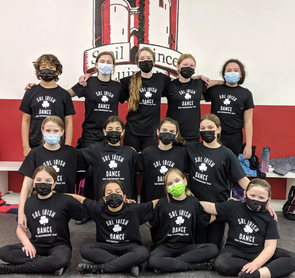 And just like that, we’re on to capital E, Excellence, in our series about SRL’s core values (i.e. G.R.E.A.T.E.R—check out Growth and Respect first!) Excellence is defined, somewhat ambiguously, as: “the quality of being excellent.” And excellent is? According to Merriam-Webster: “very good of its kind, eminently good, first class.” There’s something very interesting hidden in this imprecise and rather elliptical definitions—the words “quality” and “of its kind.” Because excellence at SRL isn’t only measured by the adjudicator marks or a teacher’s comments, but as a more indefinable quality, something each individual dancer strives for on their own terms—because we know each dancer is of their own kind. We are, of course, all about achieving excellence in the realm of Irish dance—each class at SRL is focused on the best conditioning, training, education, and choreography for each and every dancer, at each and every level. Our staff is a team of highly experienced instructors—both as teachers and in the world of Irish dance—and we take care to include student helpers in most classes to ensure individual attention is paid to each dancer (while giving the helpers a chance to learn how to be dance educators and mentors!) Our dancers lead the way on the competitive circuit, but we also see excellence on the smaller, everyday stage of the studio with the success of our Tiny Jig and Pre-Beginner programs. Excellence, at SRL, is a spectrum, and we embrace that excellence is a quality very much “of its kind.” 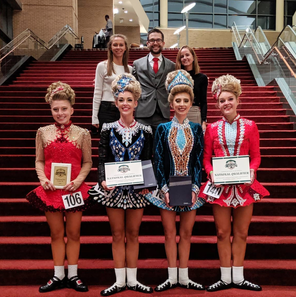 In that same spirit, striving for excellence on the dance floor is only one part of it—because every dancer is different, moving at different speeds, with different goals, all while experiencing the world as different people in different ways. We’re here to help our dancers find their individual definitions for excellence in the studio. And while Irish dance has its own qualities to work on, what we practice in the studio is reflected in the real world by helping students learn that real excellence is a personal journey and not necessarily a destination. There is no absolute definition for excellence, because excellence is a process of always working to better oneself in after some self-reflection, self-examination, and self-knowledge. 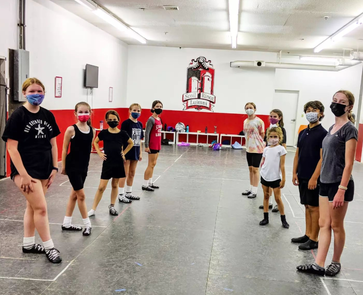 To give a concrete example: while one dancer might have some extra work to perfect her reel in dance class, needs to work on picking up after herself at home, and struggles with writing prompts in school, another might need help with his hornpipe in dance class, have a hard time communicating with his siblings at home, and be in need of assistance in math at school. While dancers may not see the correlation, dance can help instill important life lessons—resilience, goal-setting, problem solving, determination, the list goes on and on—by both the repetition of these skills in class and the benefit of kinesthetic learning dance allows for. So when dancers strive for excellence in dance class—personal excellence rather than a specific definition—they’re learning to strive for excellence in all parts of their lives. We know there’s no pinnacle to reach, no one definition of excellence. Not in dance, and certainly not in life. At SRL we try for capital E is for Excellence by acknowledging that excellence is personal, not comparative. To be excellent is to be the best version of you—because only you can define that indefinable quality, and you are the only you of your kind. This post is part of a series. Read our last core values post, all about Respect, here. Check out the blog every Monday and Thursday for more posts about Irish history, dance culture, community news, and spotlights on our dancers, staff, and families—among other fun projects! And don’t forget to dance along with us on both Facebook and Instagram. 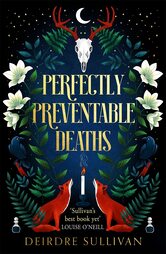 Volume XXV Young Adult Books, Part 2 Check out part 1 here! As the school year creeps to a close, it’s easy for our YA-aged dancers (somewhere in the 13 to 18-year-old range) to feel bogged down all their school work. So why not give them something to read for fun instead? We’ve gathered together five (very different) YA books by Irish authors, set in Ireland, perfect for the YA Irish dancer in your life! 1. Perfectly Preventable Deaths, Deidre Sullivan In the first part of this two-book series, readers are introduced to 16-year-old twins Catlin and Madeline as they move into a castle located in a small, isolated Irish town called Ballyfran. Even as the girls begin to grow apart—Madeline discovering her skill at witchcraft, and Catlin falling in love—they begin to realize that Ballyfran isn’t all that it seems. The seemingly sleepy town holds many a dark secret (and more than a few even darker inhabitants,) including the fact that for the past 60 years, teenage girls have mysteriously gone missing from the town. When Catlin finds herself in trouble, Madeline must really look at who she is—and who she’s willing to become—to help her sister. Eerie and haunting, but beautifully wrought, Sullivan’s book is full of twists and turns as if the reader is traversing the darkling wood alongside the twins as readers reflect on family and sacrifice. 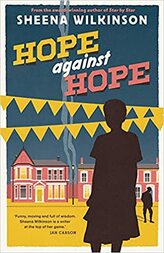 2. Hope Against Hope, Sheena Wilkinson Wilkinson, a five-time winner of the Children’s Books Ireland award (among other accolades,) tackles one of the most turbulent times in Irish history in this emotive and moving novel. Polly is a 15-year-old girl in 1921, living in the fictional town of Mullankeen near the border that’s been recently drawn between Ireland and Northern Ireland. When Polly’s difficult home life becomes too much, she takes off to even more turbulent Belfast where she finds solace and a new home at Helen’s Hope—a feminist and non-sectarian hostel for young women. Set against a richly described backdrop of a gritty and violent Belfast, Wilkinson balances the historical details against a character-driven plot that tells us more of the time than history books alone. This book is technically the third in a loosely connected series depicting important events through a young, female protagonist—readers can also check out Name Upon Name, set in 1916 during the Easter Rising, as well as Star Upon Star, which depicts the General Election of 1918, when woman first had the right to vote in Ireland. 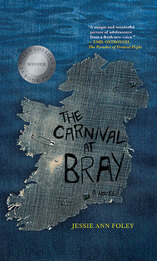 3. The Carnival at Bray, Jessie Ann Foley In this award-winning (and heavily nominated) book, Foley tells the story of 16-year-old Maggie Lynch as she’s made to move from Chicago to a small town on the Irish Sea with her mother and her mother’s latest boyfriend. The year is 1993, and Maggie misses the music scene of the big city and her grunge-rocker, 20-something Uncle Kevin, finding it just as hard to fit in in Ireland as she did in America. However, the small town begins to open a new world to her and through her friendships with the locals—a 99-year-old man, a bookish girl, and sweet boy she may just be falling in love with—Maggie finds pockets of security in amidst familial turmoil. With the twin formative experiences of death and first love happening in tandem, this powerful and transformative story anchors itself in the evocative and deeply felt world of music. Make sure to check out more of Foley’s work as well—the Irish-American streak runs strong! 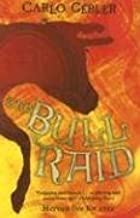 4. The Bull Raid, Carlo Gébler On an original and very different note, Gébler’s adapted a famous, epic Irish poem, “The Cattle Raid of Cooley” for YA readers, melding ancient myth with modern telling. Presented as a story within a story, almost lost to time, the narrative follows the half-human, half-god Cuchulainn. Since childhood, Cuchulainn has shown himself to have supernatural powers, including escaping from the curse that plagues the rest of the men of Ulster. The curse saps the strength of the men during the winter, leaving the covetable Brown Bull of Ulster vulnerable to attack by the renowned Queen Maeve of Connacht–which leaves Cuchulainn to take on an army all on his own. Gébler takes an old tale and breathes new life into it, creating real characters out of legend—including a teenage boy with too many responsibilities on his plate—in this beautifully told, if sometimes brutal, saga. 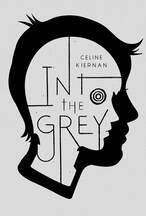 5. Into the Grey, Celine Kiernan Kiernan’s novel brings us a rarity in typical YA fiction: a male protagonist. Well, two! Twin brothers Patrick and Dominic are devastated when their family home burns down and they’re forced to move into a summer seaside cottage in mid-winter. This eerie, fog-drenched, Irish setting sounds like the setup of a ghost story—because that’s exactly what it is. Pat and Dom are beset by nightmares soon after they move in, but slowly discover that these nightmares aren’t just their imaginations, but something more sinister from the past. Set in the early 1970s, Kiernan combines family and local history into a story about love, loyalty, and what we’ll do to protect those we care about in this deft combination of historical and supernatural fiction. Poetic, touching, and occasionally scary, this energetic story is punctuated by Irish diction that helps you sink into the world of the story. Want a few more options? Check out this great list of YA by Irish authors! Happy reading! This post is part of a series. Read modern Ireland post, all about DCU, here. Check out the blog every Monday and Thursday for more posts about Irish history, dance culture, community news, and spotlights on our dancers, staff, and families—among other fun projects! And don’t forget to dance along with us on both Facebook and Instagram. Volume XXIV Dublin City University With four major universities and approximately 120,000 students within the city limits, it’s not surprising that we’re turning the spotlight back to Dublin again. This time our focus is on Dublin City University (DCU,) one of Ireland’s youngest (but up and coming!) universities. Founded in 1975 as the National Institute of Higher Education, Dublin, the school first enrolled students in 1980 and was elevated to the university rank in 1989. These days, it’s a thriving 85-acre campus with over 17,000 students (one-fifth of them international) and a thoroughly modern approach to education that’s led to its inclusion on the Times Higher Education Young University rankings year after year. DCU’s motto is “Ireland’s University of Enterprise” and its take on revamping the Irish higher education system is the perfect example of how it lives up to the name. Beyond holding its own as a research-driven institution that’s led to it becoming one of Ireland’s fastest growing universities, DCU takes an extra step in fostering entrepreneurship with its technologically advanced Innovation and Enterprise Center—“The Invent.” This center is “the university’s commercialization and technology transfer unit where we work with companies and organizations to bring university research to the marketplace.” DCU works with companies of all sizes, connecting them with talented researchers and supporting startups both financially and through access to top research. On the student side, that means research funding while your intellectual property rights are protected with built in networking to help get your ideas to the open market. DCU’s main research focuses span subjects falling under the following areas: health technology for a healthy society, educational research and innovation, democratic and secure societies, information technology and digital society, sustainability in economics and societies, and advanced manufacturing and materials. There’s a strong focus on interdisciplinary research, as DCU recognizes that “the greatest impact is achieved from a critical mass of multidisciplinary researchers tackling major research challenges. Such is the nature and complexity of these challenges facing the world that international collaboration is essential to make significant and sustained advances.” DCU is a truly modern university that is looking outward, toward global rather than institutional advancement. But DCU’s innovations don’t stop at science, technology, and business, but cover the arts and humanities, as well. The impressive John and Aileen O’Reilly Library boasts 400 workstations, 1,200 seats, and 18 group rooms and “bills itself as the first university library to put digital records on the same footing as books and journals, granting access to some 250,000 volumes, a number that is growing as technology improves.” This has been a huge boon during Covid, as it’s allowed the university to continue with its record of academic excellence, all while shifting learning methods. Student life is just another part of the college experience that DCU excels at! The school had multiple campuses—all situated in Northern Dublin closely enough that students can walk or cycle between them—that marry the social life of campus societies, clubs (over 120 to choose from!), and events with city living. DCU is one of the few Irish universities that has guaranteed housing for first year students on campus (and a host of other accommodations, as well!) Many students still chose to live in the city, as Dublin is known for its bustling nightlife, amazing restaurants, historic curiosities, and extensive galleries and museums, to say nothing of the many concerts, festivals, and events the city hosts every year. DCU might not have a storied history like some other schools, but it definitely has a bright and vibrant future with all it has to offer!
But we’ve still got one more university in Dublin to cover! Join us next time where we’ll take a look at Technological University Dublin! This post is part of a series. Read modern Ireland post, all about kid-friendly Irish films, here. Check out the blog every Monday and Thursday for more posts about Irish history, dance culture, community news, and spotlights on our dancers, staff, and families—among other fun projects! And don’t forget to dance along with us on both Facebook and Instagram. Irish Inventions, Part 3 Check out part 1 and part 2 first! 1. The “bacon rasher” (aka English/Irish bacon versus the “streaky bacon” we colonists prefer,) was invented by Waterford butcher Henry Denny in 1820. This technique—cutting thin slices of pork loin and sandwiching them in between layers of salt to better cure it aka give it a longer shelf life—allowed for the long-distance distribution of meat, opening Ireland’s meat production to buyers beyond its shores. 2. Less delicious, but equally innovative, Castlebar-born Louis Brennan invented the guided torpedo in 1874. Though he started his career as a watchmaker, his patent for his invention was reportedly purchased by the British War Office for over £100,000 (more than 12 million pounds today.) 3. Born in Wexford, Ireland in 1822, Dr. Arthur Leared is now best known for inventing the binaural stethoscope—but only years later! The good doctor presented his work at the 1851 Great Exhibition and the next year an American named George Camman had created the first commercially sold stethoscope…but history has righted things, and we all know the truth now. 4. Did you know croquet, the mainstay of very English gardens, is actually, originally Irish? The game of croquet was invented as far back as the 1830s by the Archbishop of Tuam in County Galway. He even hosted tournaments—the popularity of which made sure the English had their hands on the game by the 1850s. 5. Known as “the father of emergency medicine, Professor Frank Pantridge is the inventor of the portable defibrillator. Born in County Down, the cardiologist’s medical training was interrupted by WWII, but he survived and went on to conceive of this device that’s now saved countless lives by 1965. 6. Speaking of life-saving medical marvels, we can’t forget the likes of Dr. James Barry, who performed the first successful cesarian section in 1826. Dr. Barry was born as Margaret Ann Bulkley in Cork in 1789, and kept the secret of her birth gender until her death in 1865, saving countless lives as a doctor (which she couldn’t have worked as if the truth was known) and obstetrician in her lifetime. 7. County Down-born Harry Ferguson is the man we have to thank for much of the food on our tables—he invented the modern tractor in 1936. His real break came when Henry Ford decided to back the project in 1939, allowing for a larger commercial production, but that relationship soured and the two were caught up in litigation for years. Still beats the plough! 8. Dubliner Walter Gordon is another military inventor—he’s who we have to thank for the tank! An engineer for the British forces during WWI, helped shock and overrun the German forces on the Somme in 1916, though the original design has been much improved in subsequent years. 9. Though Sir Charles Algernon Parsons was born in London, his heritage was Irish—he was the son of the Earl of Rosse, with a family seat at Birr Castle in County Offlay. Parsons’s father was known for interest in astronomy, but Parsons set his sights down to earth, where he invented the steam engine in 1884 and helped pioneer the use of electricity. 10. And lastly, we have Irish-American immigrant and laborer Humphrey O’Sullivan, who invented the rubber soled shoe. O’Sullivan worked at a print shop in Lowell, Massachusetts, and was suffering from fatigue from standing on hard floors all day—so he nailed a rubber floor mat to the bottom of his shoes. He started production in 1899 with only a $7k investment, selling the business in 1908 for approximately $4 million!
We hope all these incredible Irish inventors inspire you to go out and create, solve problems, and make the world a better place! This post is part of a series. Read our last Irish History post, all about Irish Nobel Laureates, here. Check out the blog every Monday and Thursday for more posts about Irish history, dance culture, community news, and spotlights on our dancers, staff, and families—among other fun projects! And don’t forget to dance along with us on both Facebook and Instagram. 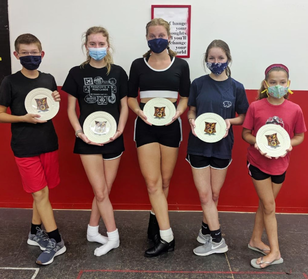 The second letter in SRL’s core values of GREATER is, of course, R for Respect. On a basic level, respect has two closely related and essential definitions: 1) “a feeling of admiring someone or something that is good, valuable, important, etc.” and 2) “a feeling or understanding that someone or something is important, serious, etc. and should be treated in an appropriate way.” At SRL, we try to instill in our dancers that respect doesn’t just mean acknowledging that someone or something is due respect, but an action that needs to be shown to others, the larger community, and also to their selves. Irish dance begins like any other dance disciplines—before any of the competitions and shiny costumes or awards—in the classroom. Classroom settings, academic and dance alike, are where children are taught the basics of the social contract: listening to your teachers, waiting your turn, giving each other space to learn, celebrating the successes of others, and treating fellow dancers with kindness and empathy, among other active examples of respect. Respect for others is the most basic tenet of a functioning society, and it begins with these small consequence actions, so they’ll be better prepared to make good decisions in higher consequence situations as they grow. A dance class is a microcosm of the larger society they’ll eventually enter as adults, and gives them a chance to practice enacting respect for others so they’ll better know how to treat and others (and how they, in turn, deserve to be treated.) Speaking of the larger world, the community that Irish dance fosters gives us another opportunity to help our dancers learn the importance of respect. Becoming part of a community with shared goals and interests opens your dancer’s awareness to respect on a larger scale than one-on-one interactions. The Irish dance community shows their respect for each other through their support of one another—whether it be through cheering at feisanna, donating used ghillies, or helping walk a newer dancer through a step or the confusing competition system. Through experiences like our student helper programs and buddy systems for big competitions, we make sure that dancers feel the joy the support of community brings and understand that it’s something they can contribute to, as well—bringing joy to others. And, even beyond that, the deep roots of Irish dance, its adherence to a centuries-old practice that is intrinsically tied to the identity of a nation other than the comparatively young U.S., also help give a sense of respect for history, tradition, and cultures outside their own—opening them to respect for others and others’ communities on a global scale. 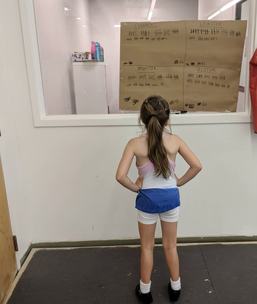 And, of equal importance to the above, is helping our dancers learn the concept of self-respect. Self-respect is a complicated topic to tackle, but at SRL we think of self-respect as a facet of the hard work we expect our dancers to put into their dance practice. Working hard isn’t just a way to get better at a jig step, it’s a way to show that you respect yourself—when a dancer puts the effort in to achieve their goals, they are deeming themselves worthy of success, worthy of the time and effort it takes to accomplish it. Self-respect doesn’t come from the accolades and medals, or even positive comments from the teacher, but the actions each dancer takes to improve themselves—seeing and feeling their potential and striving for more. And, in a world rife with media complicating the already complex mire of body image, dance helps that self-respect extend to a self-love and self-acceptance as dancers learn to be confident and comfortable in their own skin and see all the beautiful and powerful things a body can do! Respect isn’t a nebulous concept—it’s something we help our dancers see as something to be acted upon again and again, each and every day. Respect is not deference, but rather a kind of giving—to your fellow dancers, your community, the world, tradition, your self—a way of showing value rather than simply declaring it. And here at SRL, we make sure to emphasize that these acts of service we do for others and ourselves are as important as any success we can measure on any stage. This post is part of a series. Read our core values post, all about growth, here. Check out the blog every Monday and Thursday for more posts about Irish history, dance culture, community news, and spotlights on our dancers, staff, and families—among other fun projects! And don’t forget to dance along with us on both Facebook and Instagram. Irish Nobel Laureates, Part 2 We’re back with the second half (and then some) of Ireland’s Nobel laureates (if you missed part 1, check it out here.) Seán MacBride: Peace, 1974 MacBride was born in 1904 in Paris, but his Irish heritage and his father’s death in the struggle for Irish liberation led to him joining the IRA by the age of 13. He parted ways with the IRA in the 1930s (though he continued to use his law degree to helped defend members,) and went on to receive his prize "for his efforts to secure and develop human rights throughout the world." MacBride served as an Irish politician in a variety of roles throughout his life, but was also a member of the United Nations, the International Peace Bureau, and founded Amnesty International, among other peace-keeping efforts. Mairead Maguire and Betty Williams: Peace, 1976 Together, Maguire and Williams founded the Northern Ireland Peace Movement (later renamed Community of Peace People,) and shared their award "for the courageous efforts in founding a movement to put an end to the violent conflict in Northern Ireland." The only women on this list, both were born in Belfast in the early 1940s, they spearheaded the women’s peace movement, drawing women of disparate communities together to protest the violence they were living in the midst of. Their efforts have been credited in reducing the death toll by half. Seamus Heaney: Literature, 1995 Heaney, the eldest of nine children raised in County Derry, was born in 1939 and is one of the major poets of the 20th century. The committee gave Heaney his award, after his lifetime work of over 20 volumes of poetry and criticism that explored both modern and mythic Ireland, "for works of lyrical beauty and ethical depth, which exalt everyday miracles and the living past." Heaney collected innumerable accolades throughout his life and taught at both Harvard and Oxford--learn more about his work in our post about contemporary Irish poets. John Hume and David Trimble: Peace, 1998 Both from Northern Ireland, Hume and Trimble share their prize, awarded "for their efforts to find a peaceful solution to the conflict in Northern Ireland." Hume was a Londonderry-born politician who was not only the leader of the Social and Democratic Labour Party in Northern Ireland, but served as a minister in British Parliament, the European Parliament, and the Northern Ireland Assembly. Belfast-born Trimble was the leader of the Ulster Unionist Party and a member of British Parliament—and together the two men helped broker the Good Friday Agreement, a multiparty peace accord that helped stop the violence that plagued Northern Ireland. William C. Campbell: Physiology or Medicine, 2015
Our most recent Irish Nobel laureate, Ramelton-born Campbell, received his award for looking to solve problems further abroad than his home country, specifically “for their discoveries concerning a novel therapy against infections caused by roundworm parasites.” Along with his colleagues (his award is shared,) Campbell looked for an easier cure for diseases that largest affect the most impoverished countries on earth (roundworm parasites can cause blindness, along with chronic and disfiguring swelling.) Campbell’s treatment consists of an oral pill that paralyses and destroys the worm, and he even helped persuade his institute, Merck, to donate large amounts of the medicine through the WHO. Though Ireland didn’t win any awards in the 2021 ceremony, keep an eye out for 2022—the Irish have a lot more to give the world! This post is part of a series. Read our last Irish history post, all about the phrase "the luck of the Irish," here. Check out the blog every Monday and Thursday for more posts about Irish history, dance culture, community news, and spotlights on our dancers, staff, and families—among other fun projects! And don’t forget to dance along with us on both Facebook and Instagram. 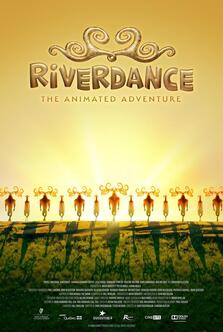 Volume XXIII Children’s Movies, Part 2 As March comes to a close, so does much of the celebration revolving around Ireland—but for an Irish dancer, that never really ends! Participating in Irish dance is a year-round celebration of Irish culture and music, so why not bring that into your home? Here are five kid-friendly films revolving around Ireland and Irish lore (including a particularly exciting new release, all about Irish dance!) 1. Riverdance: The Animated Adventure (2021, G) 77% Rotten Tomatoes 5.5 IMDb Watch on Netflix For the little Irish dancer, this is the most exciting new release in years! (And this film has led a lot of new dancers to SRL’s doors, so you know it’s got to be good.) The film follows a young boy named Keegan from the Irish village of River’s End where his grandfather (a former Irish dancer) loves to tell him stories from Irish lore—like the tales of the giant deer called Megaloceros Giganteus whose magical dancing gives water and life to the region. However, when Keegan has to face the loss of his beloved grandfather and the new responsibilities that come with it, he’s understandably overwhelmed. With the help of his Spanish friend, Moya, Keegan travels to a land of myth and legend where he learns his grandfather’s stories were more than stories—and his village may be in trouble! Full of fun and whimsy, with plenty of Irish culture thrown in (though brought together in a whole new fairytale,) the music and dance sequences will have your dancer jigging along! (And with Pierce Brosnan, Brendan Gleeson, and Lily Singh among the talented voice actors, there’s something for the adult viewers, too.) 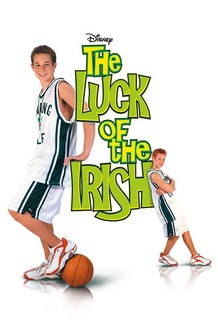 2. The Luck of the Irish (2001, G) 53% Rotten Tomatoes 6.2 IMDb Watch on Disney+ Millennial parents might remember this one! While this isn’t the most Irish movie on our list per say, this Disney Channel Original Movie has the nostalgia factor for some, and doesn’t skimp on the entertainment for new little viewers. Junior high basketball player Kyle Johnson seems like just your average teenager, with more than average luck—but he doesn’t know the details of his family’s history. When Kyle finds out his family’s secret, straight out of Irish lore, he also learns the importance of honoring your past while concentrating on the present—with some leprechaun-laden hijinks in between. It’s not the most cohesive film of all time, but that’s part of the fun! It’s a little bit of St. Patrick’s Day silliness for young watchers who will love a scene of leprechauns playing basketball and won’t question magical gold coins dispensing luck. It’s classic 2000s Disney Channel in every possible way—ridiculous, but a heart (or pot) of gold. 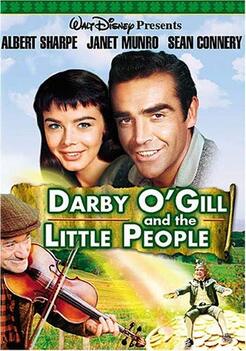 3. Darby O’Gill and the Little People (1959, G) 77% Rotten Tomatoes 7.2 IMDb Watch on Disney+ The oldest film on the list, but the second with Disney origins, this film was the brainchild of Walt Disney himself (conceived of on a trip to Ireland and announced there in 1948—though it would take a decade for the film to be made due to WWII.) The story follows the titular Darby O’Gill who’s railing against being forced into retirement when a scare from a pooka causes him to fall down a well and into the stories of his ancestors. What follows is a rollicking adventure where Darby must match wits with the King Brian of the leprechauns to win his proverbial pot of gold. A young Sean Connery plays Darby’s replacement (and his daughter Katie’s love interest—and no, that’s no actually him singing,) and the film uses camera tricks rather than our modern CGI to create the leprechaun illusions—a fun throwback to another time. While kids may not recognize the nostalgia, they’ll enjoy this early Hollywood film that feels fully Irish, rather than Irish-American (don’t take my word for it, check out this think piece in The Irish Times.) 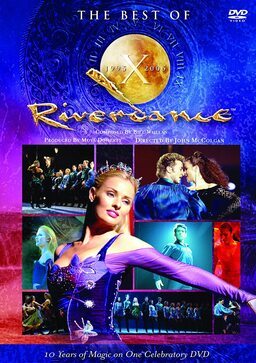 4. The Best of Riverdance (2005, Unrated) 7.9 IMDb 4.5/5 Amazon Buy on Amazon So this one isn’t a narrative storyline like the others, but it is a must-watch for those just beginning to fall in love with Irish dance! This may be a documentary, but the majority of screen time is devoted to incredible dancing, from the original stars Michael Flatley and Jean Butler to the most recent performances. Included are clips of the original 1995 Eurovision contest performance, a 1997 New York performance with Colin Dunne replacing Flatley, and a 2003 performance in Geneva featuring new leads: Brendán de Gallaí and Joanne Doyle. As the show has gradually evolved over the years with its different performers, this film is a rare and unparalleled experience as it splices three different iterations of the spectacular stage experience together into one. (And, if you’re interested in more of the history, the DVD includes behind the scenes footage, a separate documentary, and further performances!) Want a preview? Check out “Reel Around the Sun” (from 11 years ago, a 1996 New York performance!) here. 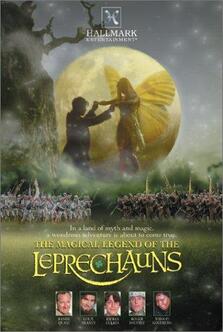 5. The Magical Legend of the Leprechauns (1999, PG) 80% Rotten Tomatoes 7.1 IMDb Watch on Prime Here’s the thing—children’s movies about Ireland are pretty heavy on the leprechauns, which is how we ended up with three on this list. However, this is the only one with Whoopi Goldberg (yes, you read that correctly.) But let’s backtrack a moment: this made-for-TV fantasy film follows two storylines—one about an American businessman visiting Ireland who makes a leprechaun friend, and the second about a pair of star-crossed lovers à la Romeo and Juliet (if they were a faerie and a leprechaun.) The two storylines eventually entwine, but the journey there is full of magic and whimsy, and the overarching theme of the power of love. Also starring Randy Quaid and a very young Kieran Culkin, among other familiar faces, the film is reportedly “charming” (at least to those at Variety,) though it has more than its fair share of fantasy tropes (which is sometimes just the thing for relaxing viewing.) Just give this wonderfully dated trailer a look-see! Happy viewing! This post is part of a series. Read our modern Ireland post, all about St. Patrick's Day around the world, here. Check out the blog every Monday and Thursday for more posts about Irish history, dance culture, community news, and spotlights on our dancers, staff, and families—among other fun projects! And don’t forget to dance along with us on both Facebook and Instagram. The Goddess Ériu and the Etymology of Ireland Etymology, the study of the origin and development of words, is a tricky beast—some words we still use today predate written language and none so much as in a place like Ireland, with such a strong oral tradition. Tracking down the true source of words in the Irish language can be a bit of a wild goose chase, except on the off chance there’s a story behind it. March is indisputably the month of Ireland, especially at an Irish dance school, so today we’re diving into why Ireland’s called Ireland—a myth as old as any on the island, as it refers to the mother of the land itself. The name for Ireland in Irish is Éire, a word meaning “bountiful,” “plentiful,” and “abundant,” which is derived from the name Ériu (and its anglicized version—Erin)—a goddess in ancient, Irish mythology. First described in print in the 11th century text The Book of the Taking of Ireland (i.e. Lebor Gabála Érenn,) Éiru is known as a sovereignty goddess, representing the country and the land itself in the form of a woman. Together with her two sisters, the lesser known Banba and Fódla (aka a trinity, a symbol strongly connected with Irish culture,) this triumvirate of goddesses were known by a number of epithets: the fair women, a famous throng, the clear voice of achievement, and the bright women of spirited speech. But why is the island named after Ériu? Legend tells us that when the Milesians invaded Ireland, Éiru and her sisters, members and rulers of the race of the god-like Tuatha Dé Danann, stood against the colonizers, demanding they leave. When the tides began to turn against the Tuatha in the battle for their land, Éiru and her sisters each took the high ground on top of their favorite hilltops to concede to the invaders, on one condition: that the land be named after them so their names would be remembered. The Milesians—Gaels who traveled through Spain in order to reach their new home, ancestors of those we consider Irish today—agreed, but as Éiru was standing on top of the sacred peak of Uisneach, hers became the main name used (though Banba and Fódla remain poetic terms for Ireland.) Over time, Éiru has become a personification of Ireland, appearing in innumerable nationalist poems and songs into the modern era. Using the concept of Ireland as a woman, often weeping and emotive over the state of the country, has been used for years as a way to stoke the fire in the hearts of Irish patriots. One of the best known pieces of literature that uses this trope is William Dreannan’s 1884 poem “When Erin First Rose,” which is also considered the text that first called Ireland “the Emerald Isle”: When Erin first rose from the dark swelling flood,
God bless’d the green island and saw it was good; The em’rald of Europe, it sparkled and shone, In the ring of the world the most precious stone. Of course, we know it even better in slogan form, as in: Erin Go Bragh! The anglicization of Éire go Brách, meaning literally “Ireland till the end of all time,” this rallying cry stems from the Irish rebellion of 1798. (Though it’s still often used today as the motto of Irish athletics clubs, politics parties, and even war battalions with Irish members in other countries, as a song or poem title, and generally to expressed Irish national pride.) One more fun fact? If you remove the accent from the e (i.e. “eire” instead of “Éire,”) the name of the country transforms into Irish word for burden—a fact that, with Ireland’s complex political history, must get a chuckle out of the Irish. Erin Go Bragh and praise Éiru! This post is part of a series. Read our last folklore post, all about Irish winter superstitions, here. Check out the blog every Monday and Thursday for more posts about Irish history, dance culture, community news, and spotlights on our dancers, staff, and families—among other fun projects! And don’t forget to dance along with us on both Facebook and Instagram. Volume XXII Happy St. Patrick’s Day, one and all! As shockingly American as this holiday is (though with approximately 32 million people of Irish ancestry in the U.S., maybe not so shocking,) it’s still a day to celebrate all things Irish—and not just here. Turns out, Ireland is so beloved (and those with Irish heritage so spread out…) that St. Patrick’s Day has traveled far abroad from its Celtic roots. Come explore some (we couldn’t possibly cover them all!) of the most surprising countries that put on their own St. Patrick’s Day celebrations (besides our own!) There are only two countries in the world where St. Patrick’s Day is a public holiday—Ireland and the island of Montserrat! This mountainous Caribbean Island is technically a British Overseas territory and is home to a disproportionally large number of people of Irish heritage stemming back to the days of colonization. The celebration reflects this complicated history—St. Patrick’s Day in Montserrat is part of a ten-day-long festival of independence celebrating a failed slave rebellion and the island’s unique mixture of Irish and African ancestry. It’s one of the most unique St. Patrick’s Day celebrations in the world! Next, we travel to Singapore, the capital of which has the largest St. Patrick’s Day parade in Southeast Asia. Festivities include dying the Singapore River green (à la Chicago,) a full cavalcade of costumed celebrants, and, of all things, a Harley-Davidson convoy kicking off the affair. But that’s not all—the St. Patrick’s Society Singapore (made up largely of Irish ex-pats who have made the island city-state their home,) throws a lavish ball each year at Singapore’s luxurious Shangri-la Hotel. A far cry from green beer at your local pub! But Singapore and Chicago aren’t the only places with a penchant for turning things green in honor of St. Patrick’s Day—just check out Mumbai’s Gateway of India around March 17th. The arch’s colorization isn’t the only nod to the Irish holiday—India loves a celebration, and as St. Paddy’s falls just around the Holi festival (a celebration of spring and love best known in the West for its playful spreading of colors) it’s an easy way to keep the festivities going! There’s an astounding number of Irish pubs and restaurants in Mumbai that are packed for the holiday, many of which host large events that are dotted throughout the city (including a parade or two!) South America isn’t known for its parades, but rather its wild street parties, and St. Patrick’s Day is no exception! Buenos Aires, Argentina marks the day (which they call El Dia de San Patricio) with a celebration organized by the Argentina-Ireland Association and the Irish Embassy—which does include a parade, but also a street party full of costumed dancers and live music, as well as Irish pubs serving dark beer and Irish meals cooked in Argentinian fashion. Maybe all this excitement for Irish culture has something to with the fact that an Irish-born man, William Brown, founded the Argentinian Navy in 1814? As a country, Japan has begun to take to St. Patrick’s Day in recent years, with at least 13 cities across the island hosting March events celebrating Irish culture and history (sorry, possibly 15!) The largest event (the “I Love Ireland” Festival in Yoyogi Park) happens, unsurprisingly, in Toyoko, followed by the largest parade in the same place—an event held by the Irish Network Japan. In recent years, these events have even repeatedly hosted different Irish governmental officials—like the Irish Minister for Culture in 2019. As the weather is rather mild in Japan in March (and St. Patrick’s Day coincides with the cherry blossoms blooming!), it’s become an affair with over 180,000 participants!
If Japan seems far afield from Ireland, get ready for this one: there’s a St. Patrick’s Day celebration held approximately 11,500 miles away, very literally the furthest point on the globe one can get from Ireland, in New Zealand! This is another place where many citizens claim Irish heritage (1 in 6!), and in honor of that a large parade is held in Auckland (and more around the country, like Wellington and Christchurch,) before the Auckland Sky Tower is lit up green for the night! This is barely the tip of the shamrock! There’s more celebrations and St. Patrick’s Day traditions to discover from Brazil to Lithuania, from Paris to Egypt, not to mention all the incredible parades and parties North America has to offer. But however and wherever you’re celebrating Ireland today, we do hope you’ll take a minute to dance! This post is part of a series. Read our last modern Ireland post, recommendations for St. Patrick’s Day children’s books, here. Check out the blog every Monday and Thursday for more posts about Irish history, dance culture, community news, and spotlights on our dancers, staff, and families—among other fun projects! And don’t forget to dance along with us on both Facebook and Instagram. 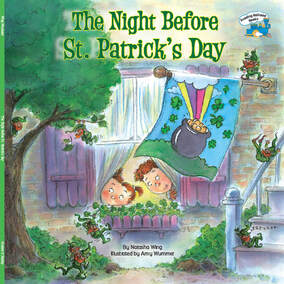 Volume XXI Children’s Book Recs, Part 3 St. Patrick’s Day Edition! What better way to get your dancer excited about St. Patrick’s Day than a good book? We’ve gathered five books themed around March 17th and all the traditions that come with the holiday here for you! (And if you’d like a few more suggestions, check out our first two sets of Irish children’s book recommendations here and here!) 1. The Night Before St. Patrick’s Day, Natasha Wing Illustrated by Amy Wummer Wing’s imaginative tale is part of a series of “The Night Before…” books, all modeled after (and in the verse form of) the Christmas classic, but taking place just before alternative holidays. Full of humor and whimsy, the story follows siblings Tim and Maureen as they stay up the night before this Irish holiday setting traps to catch, you guessed it, a leprechaun! The story breaks from its source material by extending into the next day, when the kids awaken to the smell of green eggs cooking and the sound of Dad’s bagpipes (no, this isn’t a mistake, there’s Irish bagpipes too!) But what are they supposed to do when they realize their trap actually worked? Will they be able to get the leprechaun to lead them to his pot of gold, or will the little trickster outsmart them? If you want a preview of the story before buying, check out a read along here! 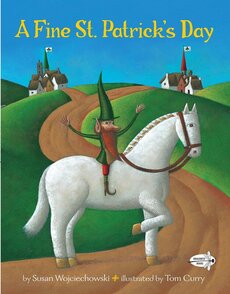 2. A Fine St. Patrick’s Day, Susan Wojciechowski Illustrated by Tom Curry With a moral that stays solid rather than straying into the saccharine, Wojciechowski brings readers the story of two rival villages: Tralee and Tralah, who compete each year in a St. Patrick’s Day decoration contest. Our heroine, feisty but kind six-year-old Fiona O’Reilly, lives in Tralee—the town who’s never quite won the golden shamrock for best decorations, but she knows this will be their year. But when a small stranger appears in Tralah needing help to rescue his cows, only to be turned away by the busy villagers, Fiona is the one who keeps her priorities in check. Rallying her own town to the man’s aid, even though it takes them away from their contest preparations, Fiona’s kindness (and the town’s) is rewarded with a little Irish magic! Richly illustrated with gorgeous, bold paintings of a bucolic green countryside, this tale is one of cooperation and compassion over personal gain. See a read along of the story here! 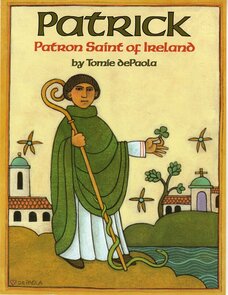 3. Patrick: Patron Saint of Ireland, Tomie dePaola If you want to go with a slightly more historical route, check out renowned author-illustrator Tomie dePaola’s child-friendly account of the man the holiday is named for! A Connecticut native (Meriden-born!), dePaola is the product of an Irish-Italian upbringing and his bold and rounded, simple but effective, artistic style is immediately familiar to anyone who was a child from the 1970s-today. Best known for his Strega Nona books, among others, dePaola brings the folktales and customs of a variety of cultures to life, including his own Irish heritage (this book about St. Patrick is one of many!) The narrative covers both all we know to be true about St. Patrick—from his noble upbringing to his captivity in Ireland and subsequent visions that led him to his spiritual vocation—and all the rumored folklore (from driving out the snakes to his association with the shamrock.) As dePaola has won virtually every awards a children’s book author can, you know this one will be both entertaining and educational! 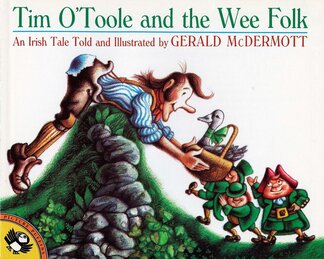 4. Tim O’Toole and the Wee Folk, Gerald McDermott Caldecott Medalist author-illustrator McDermott is, like dePaola, known for his impressively diverse work that travels the globe to teach children about different cultural mythologies. And among his man tales, we have one that focuses on the most popular of Irish myths: the leprechaun. Based on a tale common to many mythologies—a man who wins three magical gifts/wishes—McDermott brings this familiar tale to new life with his “well-honed, Irish lilt” and “lively, expressive” illustrations. This story of a poor Irishman and his wife (Tim and Kathleen) who stumble upon some kindly, but mischievous leprechauns (and the dastardly landlord Mr. McGoon!) is both a delight for kids and teaches an important lesson about following directions! Enjoy this read-along before buying! 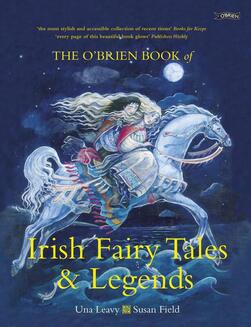 5. The O’Brien Book of Irish Fairy Tales and Legends, Una Leavy Illustrated by Susan Field Irish author and poet Leavy brings ten classic tales from her homeland’s lore to life in this richly illustrated collection. Irish fairy tales are sweeping epic stories of bravery, lost love, and the oldest magics, certain to enchant readers of all ages. From tricky leprechauns (certainly a theme in all St. Patrick’s Day books!) and Oisín’s descent into Tir na nÓg to the sad tale of the Children of Lir, Leavy’s training as a poet, as well as Irish oral tradition, shines through her beautifully told takes on the age-old fables. Complete with an Irish Gaelic pronunciation guide that will help you and your dancer read along, this book captures the true spirit of St. Patrick’s Day in its skillful and faithful adherence to Irish cultural tradition. Not to mention the beautiful illustrations—which Field has said were all inspired by ancient, Celtic artwork—that help you see these tales through new eyes. (And consider trying the audiobook simultaneously—narrator Aoife McMahon’s beautiful accent does wonders to make you feel like you’re really in old Ireland as you read!) We hope these get you and your dancer into the St. Patrick’s Day spirit--Lá Fhéile Pádraig sona duit! This post is part of a series. Read our modern Ireland post, all about NUI Galway, here. Check out the blog every Monday and Thursday for more posts about Irish history, dance culture, community news, and spotlights on our dancers, staff, and families—among other fun projects! And don’t forget to dance along with us on both Facebook and Instagram. Luck of the Irish With roughly 32 million people in the U.S. now claiming Irish descent (with at least one in every county,) it can be easy to overlook the difficult history of the Irish immigrant within the States. Many of the stereotypes of the Irish we still hold on to today, ones that rear their ugly heads most prominently every year in March, were born from a legacy of intolerance and purposeful cruelty. Claims of the Irish as heavy drinking (even though pubs were closed by law on Saint Patrick’s Day until the 1970s,) red-haired (only about 10% of Irish people are redheads,) hot-tempered (though there are finally calls to combat the offensive “Fighting Irish” Notre Dame mascot in recent years and Ireland is known for its lack of serious violent crime,) deeply religious (though the number of people in Ireland who don’t identify with any religion has risen over 70% in recent years and are the second largest “religious” group in the country,) and as liars (plainly defamatory and probably stemming from the Irish tradition of storytelling and oral history) may be more of a joking matter now, but were once the basis for very real and harmful discrimination. There’s one stereotype that seems like it couldn’t possibly be harmful, but like most origins, has a darker side: the luck of the Irish. These days we associate the phrase with rainbows, leprechauns, and pots of gold—though only one of those items is at all related. The fact of the matter is, the phrase “the luck of the Irish” was originally meant to be derogatory. Edward T. O’Donnell, an Associate Professor of History at Holy Cross College, has determined the phrase has a western American origin, linked to the silver and gold rushes in the second half of the 19th century. As many of the most successful miners in this period proved to be Irish immigrants and Irish-Americans, the term “the luck of the Irish” found its feet—but not in a congratulatory way. Rather, the phrase was meant to imply that its only by sheer, dumb luck that the Irish were succeeding, rather than through their intelligence or hard work. This stereotype, of the Irish as lazy or dumb (tell that to a country with the highest rate of third level education in the EU,) coupled with the many others, led to a decidedly negative experience for the Irish immigrant during this time period. In fact, life in 19th century America was certainly far from lucky for many Irish immigrants—many of whom never even made it across the Atlantic as they fled the Famine, leading to the term “coffin ships” for Irish vessels docking on the Eastern seaboard. If you made it to the U.S., you may have been greeted with “No Irish Need Apply” signs or signs in boarding house windows that said “No Dogs, No Irish” (these remained common in Britain into the 1950s.) And these examples are only the tip of proverbial iceberg—the full weight of the troubles the Irish suffered in America could, and does, fill many books. As the Irish were considered barbaric, savage heathens by the invading British as far back as our records go, that close-minded attitude continued to affect the U.S. populace long after we severed our ties from England.
This month we celebrate Saint Patrick’s Day—and we’re not here to rain on that parade (fingers crossed it’s a beautiful day for the Hartford one!) However, as we don our green clothing and drink our green beers, it’s important to remember that our country hasn’t always celebrated all things Irish and pay respect to the more complicated history that lies behind us. While Irish luck has certainly turned in the past century as the Irish have spread across the globe, reminding ourselves of history is the best way to make sure we don’t repeat it. This post is part of a series. Read our last Irish history post, all about Irish inventions, here. Check out the blog every Monday and Thursday for more posts about Irish history, dance culture, community news, and spotlights on our dancers, staff, and families—among other fun projects! And don’t forget to dance along with us on both Facebook and Instagram. 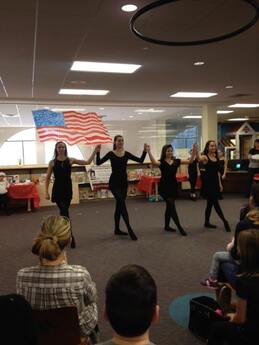 March is here, and for the Irish dancer that means one thing: performance time! Irish dance performances are never more in demand than in March, and we’re so excited for the number of opportunities this St. Patrick’s Day will have for dancers at all levels and dispositions. But after the last few years have posed more than the normal number of hurdles for in-person performances, we now have dancers that have been with us for multiple years that have yet to been able to perform with us on this most Irish of American holidays. Some dancers may be ready and raring to go, while some may be nervous…and we’re here to support and encourage your dancers no matter their stance on the matter! 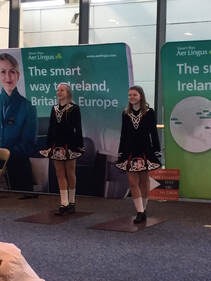 First off, why perform? While we definitely don’t require it, we certainly do encourage it for a number of reasons. To begin, taking dance classes without the further step out into performance is a bit like going to basketball practice, but never playing a game. The act of performing is another part of your dancer’s training—where they learn to dance outside of the “safe space” of the studio and adapt to their audience and environment, lending a gravitas and feeling of accomplishment that just can’t be replicated in class. While their nerves could get the better of them, part of what dance teaches us is how to persevere and overcome, building self-confidence as we improve—both in the studio and on the stage! Beyond that, while Irish dance can be performed alone, it doesn’t exist in a vacuum! Irish dance comes from a rich, age-old tradition that may stem from one country, but now links millions around the world. Performing has always been at the heart of the Irish dance community—and it’s a community that will welcome your dancer with open arms. From the support of the fellow SRL dancers and parents, to the small, low-stakes, and always grateful audiences St. Patrick’s performances can provide, March at SRL is the perfect opportunity for a dancer to make their first foray into the Irish dance community and feel its embrace. This will also help them gain confidence for the showcase in June! 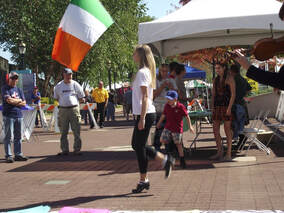 But don’t take our word for it, we’ll let the dancers who have already experienced this speak to it! Here’s what a few of our veteran dancers have to say about why they love performing: “Irish dancing is a part of my life. It brings me, and my family joy when I dance. So it’s amazing when I can give this joy to other people as well. This is why I perform, and I love to do it.” —Maddie “I love the joy in people’s faces when you dance, and all their cheering gives you energy and confidence! Also, it’s great to have a way to show off everything you’ve been working on all year.” —Ellie “ I like the preparation it takes. I love learning the new steps, and working with other dancers—it takes away some the stress of performing solo and makes it fun!” —Fiona 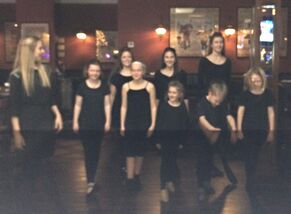 “I like performing because it’s fun to do it with all my friends and the dances are so funny to learn—you get to cool moves you might not get to do in a normal dance. And…it doesn’t have to be perfect, it’s just for fun!” —Bella “I like to show the reason why I love to Irish dance—the fun part of performing. And I love encouraging younger dancers to start Irish dance!” —Emily The deadline to signing up for any performance is 48 hours in advance. All the information you may need is in the 2022 Performance Handbook (or check your email and the parent portal for details about different performances!) but if you have any questions about the best performances for your dancer to attend, what they’ll be performing, how it works, costuming, etc., feel free to reach out to office@irishdancect.com. We’re here to help! This post is part of a series. Read our last 411 post, all about the parental role in dancer development, here. Check out the blog every Monday and Thursday for more posts about Irish history, dance culture, community news, and spotlights on our dancers, staff, and families—among other fun projects! And don’t forget to dance along with us on both Facebook and Instagram. Volume XX NUI Galway Galway, also known as the cultural heart of Ireland, the festival capital of Europe, the fourth largest city in the Republic, and home to one of Ireland’s top universities: National University of Ireland, Galway (NUI Galway or NUIG.) Located in the heart of the city on the River Corrib, NUIG first opened its doors in 1849 as Queen’s College Galway and the western Irish city continued to build itself around the school. It’s come a long way since then—from less than 100 students to over 19,000, from 173 years in the past to one of the leading public research universities in the world. Ranking in the top 2% of universities in the world, with 98% of graduates working or pursuing higher study within 6 months of graduation, NUI Galway’s reputation has been on the rise in recent years. In fact, in the past five years, NUIG has been the only university in Ireland to consistently rise in ranking in both the QS and Times University Rankings. This is mainly due to NUIG’s concentration on cutting edge, inter-disciplinary research programs that are of pressing importance to the wider world, drawing experts in five urgent fields: Applied Social Science and Public Policy, Biomedical Science and Engineering, Environment, Marine, and Energy, Humanities in Context (including Digital Humanities,) and Informatics, Data Analytics, and Physical and Computational Sciences. These programs include partnerships with over 3,000 outside institutions in 114 different countries. As you can tell from the above, there’s essentially nothing that’s not on offer at NUI Galway—including the arts and not only Ireland’s, but all of Europe’s vast and expansive culture. Galway is a city just on the edge of Europe, meaning there’s nowhere better in Ireland for opportunities to travel and to expand students’ cultural experiences. And with international students making up 18% of the NUIG student body—that’s over 4,000 students from over 110 countries—the school itself is also a chance for students to explore new cultures…all while in the heart of Ireland’s own rich and vibrant culture (just check out their Celtic Studies department!) With the motto Shared Vision, Shaped by Values, NUIG’s core tenets are respect, excellence, openness, and sustainability—looking toward kindness, striving for equality, and using academic greatness as a jumping off point to empower students to change the world for the better. It’s this view that education is for the social good versus individual edification that helped NUIG become the Sunday Times’s 2022 University of the Year—but also its reputation as a place where creativity thrives, no matter the subject matter. They’ve also made huge changes to adapt to the way the pandemic has challenged the traditional college experience, allowing students to explore more broadly in their first year before specializing—this “Designing Futures” program is a departure from most Irish and European schools. The campus proves to be yet another plus—considered and consistently voted one of the most beautiful campuses in Europe, it combines the charm of a university town and all the benefits of a larger city (though the student body does make up 20% of the population during term!) Only moments away from a cosmopolitan experience with non-stop cultural (and plain old fun) festivals on one end or the rugged Irish country of Connemara and the Aran Islands on the other, NUIG has something for every student. And with details like their Aula Maxima being a replica of Christ Church’s in Oxford (but built of local stone,) these diverse experiences are also steeped in rich tradition. Student life is as varied as academic life—besides all the opportunities beyond the school’s walls, there’s a booming art and media scene, volunteer work, tons of sports clubs, and over 100 student societies to join. And while, like most schools in Europe, housing is largely outside of campus, NUIG does all it can to help facilitate the process!
Tune in next time, where we’ll be covering something a little different…one of Ireland’s technological universities! This post is part of a series. Read modern Ireland post, all about UCC, here. Check out the blog every Monday and Thursday for more posts about Irish history, dance culture, community news, and spotlights on our dancers, staff, and families—among other fun projects! And don’t forget to dance along with us on both Facebook and Instagram. Irish Inventions, Part 2 Catch up on part 1 here! 1. While Robert Fulton was technically born in Pennsylvania, it was in 1765, (before it was America,) so we’re counting this son of Kilkenny immigrants as Irish. He’s not only credited with perfecting the steamboat, but is the inventor of the submarine (in 1800, no less!) 2. Dr. William Brooke O'Shaughnessy was born in Limerick in 1809 and would go on become a visionary in both the worlds of telegraphy and medical science. Not only did he bring the use of the telegraph to India in the 1840s and vastly improved upon the system there, but years before that innovation, he also managed to establish a cure for cholera—the first use of intravenous (IV) therapy. 3. Born in Dungarvan in 1903 as the son of a Methodist Minister, Ernest Walton went on to become a Nobel Prize winning Physicist for his work with his English colleague, John Cockcroft--the two men were the first to artificially split an atom. The device that achieved this, the Cockcroft-Walton Accelerator, was the precursor to projects like the Large Hadron Collider. 4. Ironically, a man by the name of Aeneas Coffey was responsible for a revolutionary invention in service of another beverage—whiskey. Born in Dublin in 1780, Coffey is the inventor of the patent still, a closed-system whiskey still that helped standardize the distilling process and create a smoother beverage with a higher ABV. 5. John Tyndall, a Leighlinbridge-born scientist working in the mid-1800s, discovered in 1859 that that gases (like carbon dioxide and water vapor) can absorb heat, i.e. infrared radiation (i.e. he helped invent the science of climate change!) While he can’t fully claim the discovery of the greenhouse effect (an amateur, American scientist named Eunice Foote made the connection in 1856)—he did make his discovery simultaneously with no knowledge of Foote’s work and is credited with applying that knowledge to explaining why the sky is blue. 6. If you’ve ever taken a chemistry class, Lismore-born 17th-century scientist Robert Boyle will sound familiar. Considered the father of the modern chemistry, he’s best remembered these days for Boyle’s Law: the discover that the volume of a gas decreases with increasing pressure (and vice versa.) He also invented the first vacuum pump—a way to create a small-space vacuum chamber for scientific experimentation. 8. Born in Dublin in 1810, Robert Mallet essentially invented the science of earthquakes and is thus called “the father of the seismology” (he even coined the word—and the word “epicenter.”) His work (with his son as his partner) includes the first known photographs of earthquake devastation and the creation of isoseismal maps.
9. Ireland has been through it when it comes to political oppression, so it’s no surprise that the Irish are the inventor of the word and concept of “boycott.” When Charles Cunningham Boycott, an English agent in County Mayo, evicted 11 tenants in 1880, the locals set about on a campaign of isolation—shops in the area refused to serve him, and he became unable to leave his house due to the mob outside. 10. Dublin-born Lucien Bull was a pioneer of “chronophotography,” defined as high speed photograph that created “a set of photographs of a moving object, taken for the purpose of recording and exhibiting successive phases of motion.” Essentially, the precursor to modern cinematography and animation. He also, in a completely different field, invented an improved version of an electrocardiogram (EEG,) similar to what we still use today! But we're not done yet...there's a part 3 coming! This post is part of a series. Read our last Irish History post, all about Irish Nobel Laureates, here. Check out the blog every Monday and Thursday for more posts about Irish history, dance culture, community news, and spotlights on our dancers, staff, and families—among other fun projects! And don’t forget to dance along with us on both Facebook and Instagram. |
SRL NewsFind all of our latest news on our Scoil Rince Luimni Facebook page! Categories
All
Archives
August 2022
|
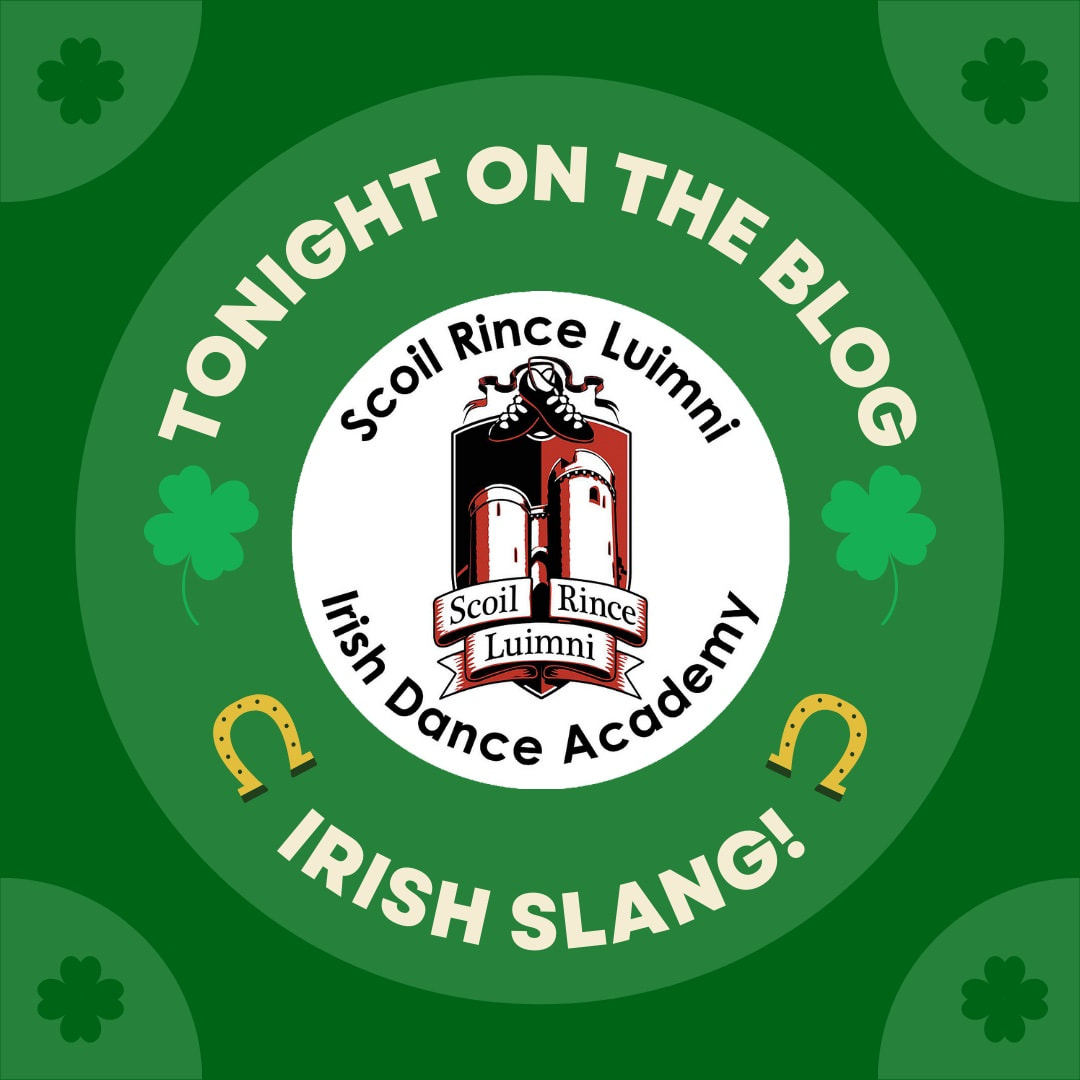
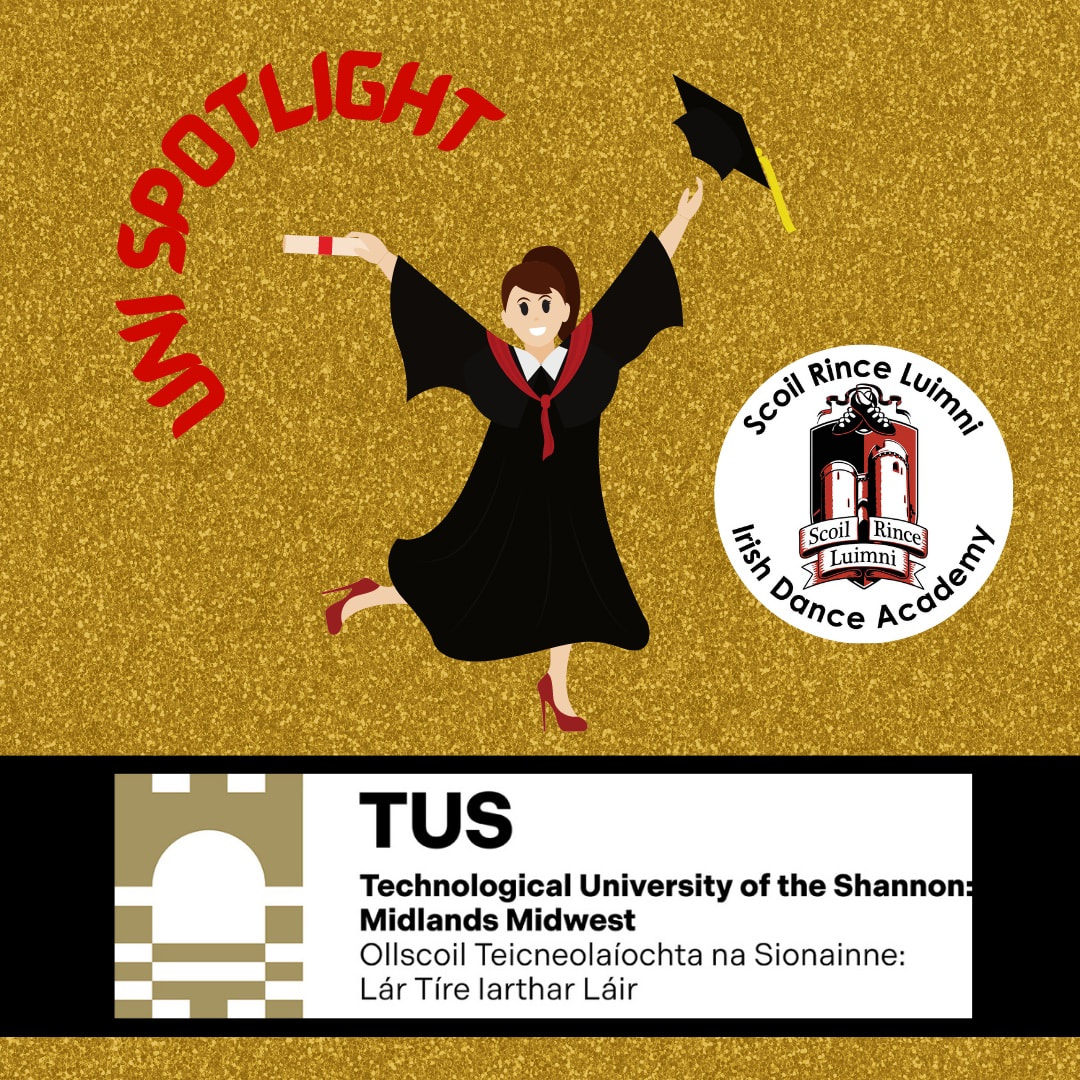
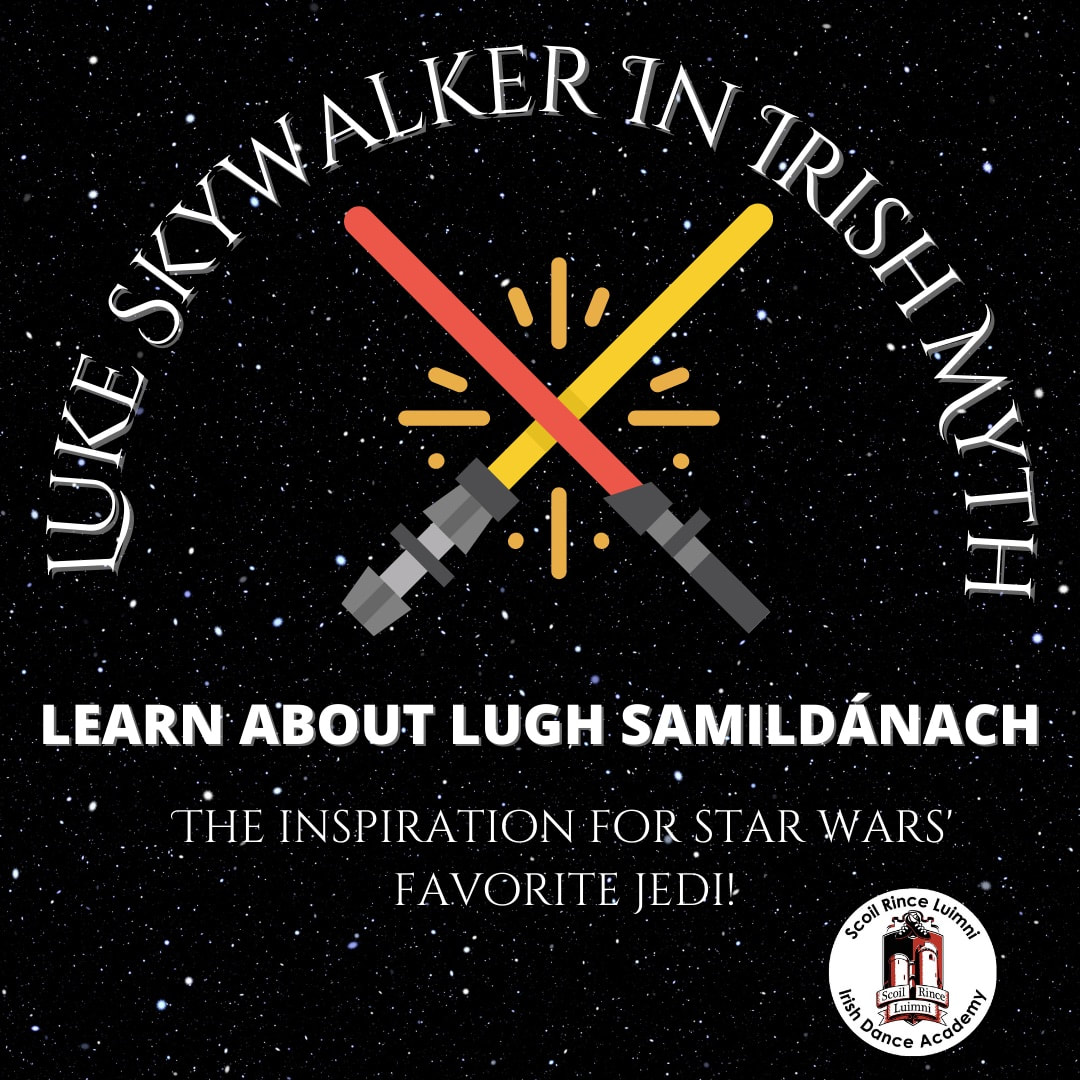
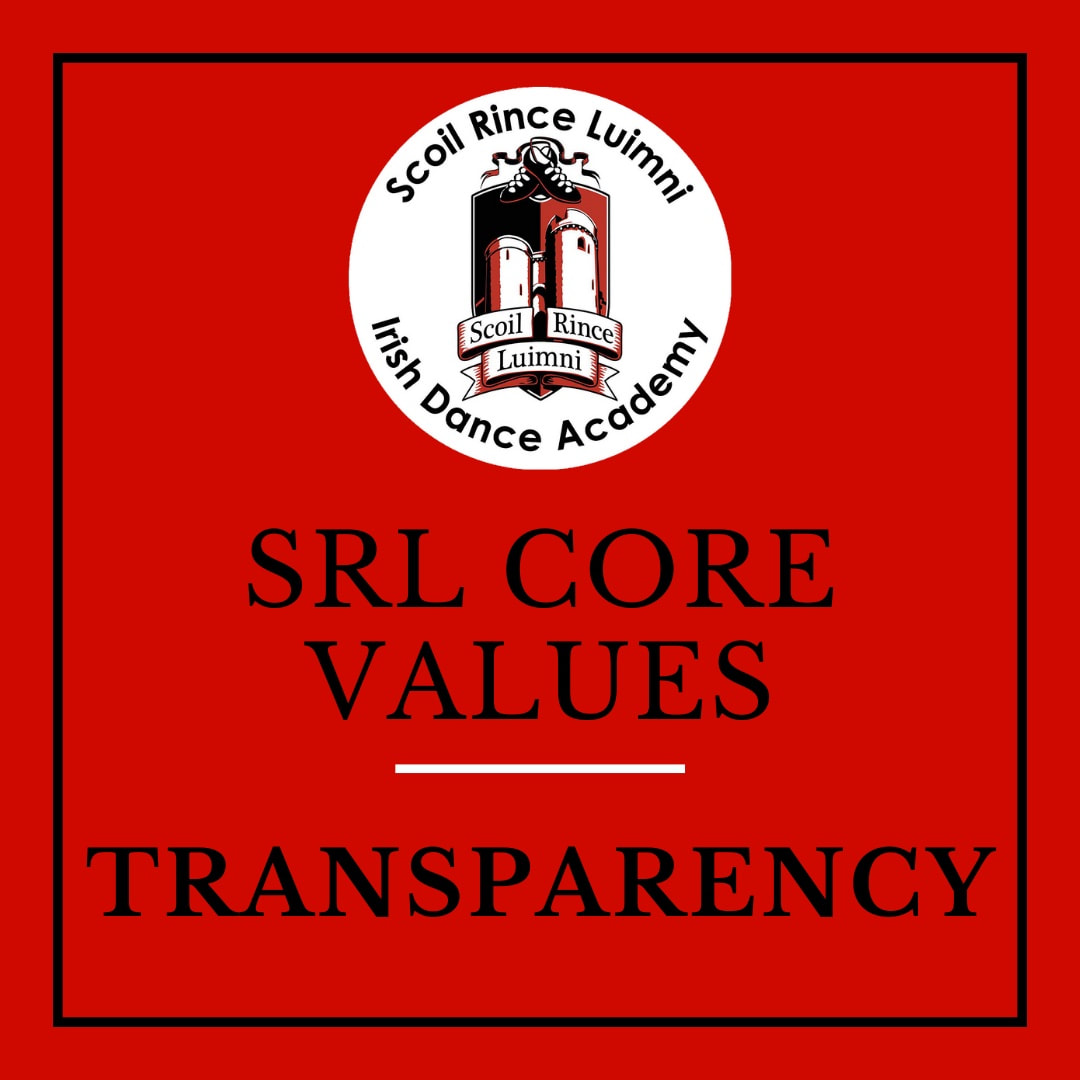

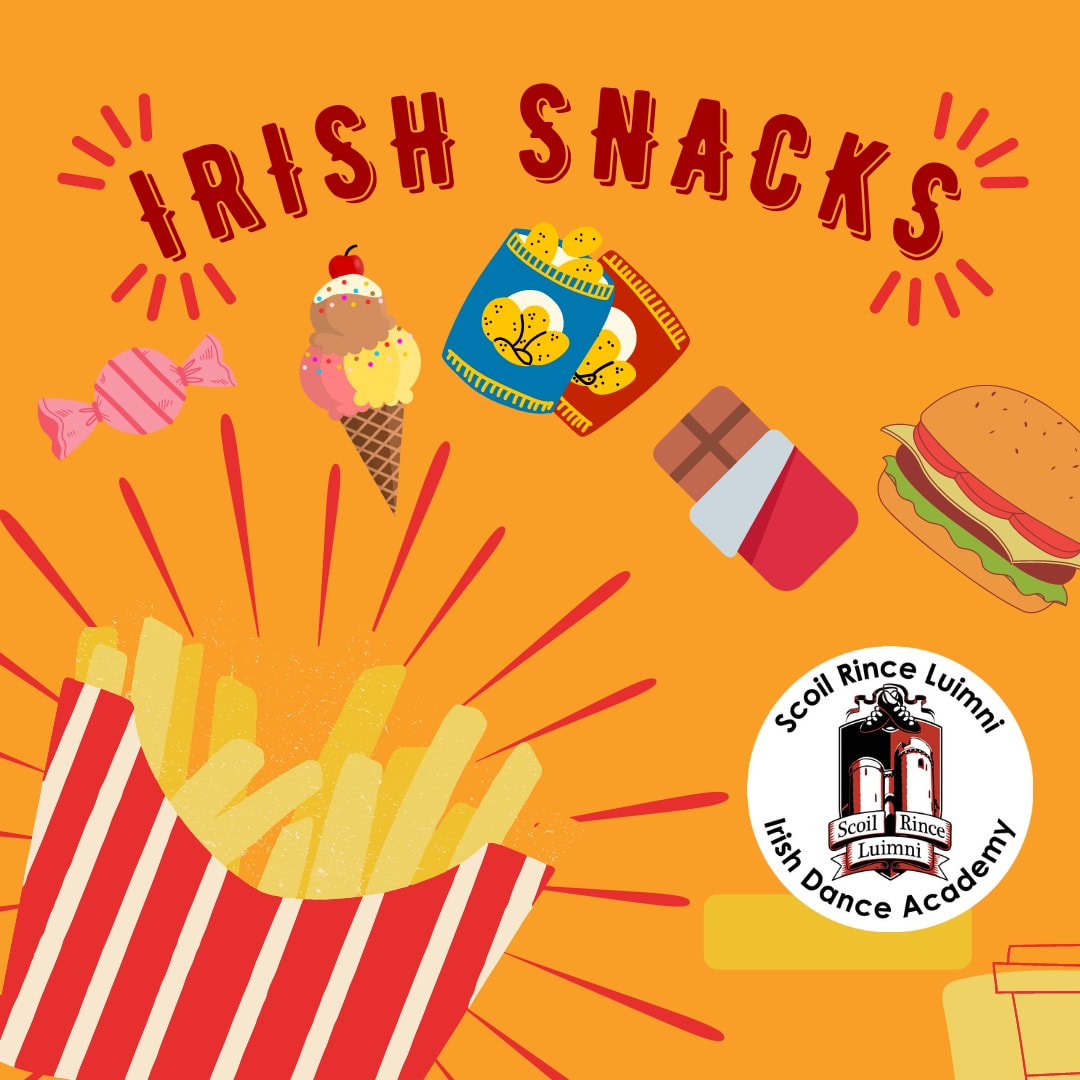

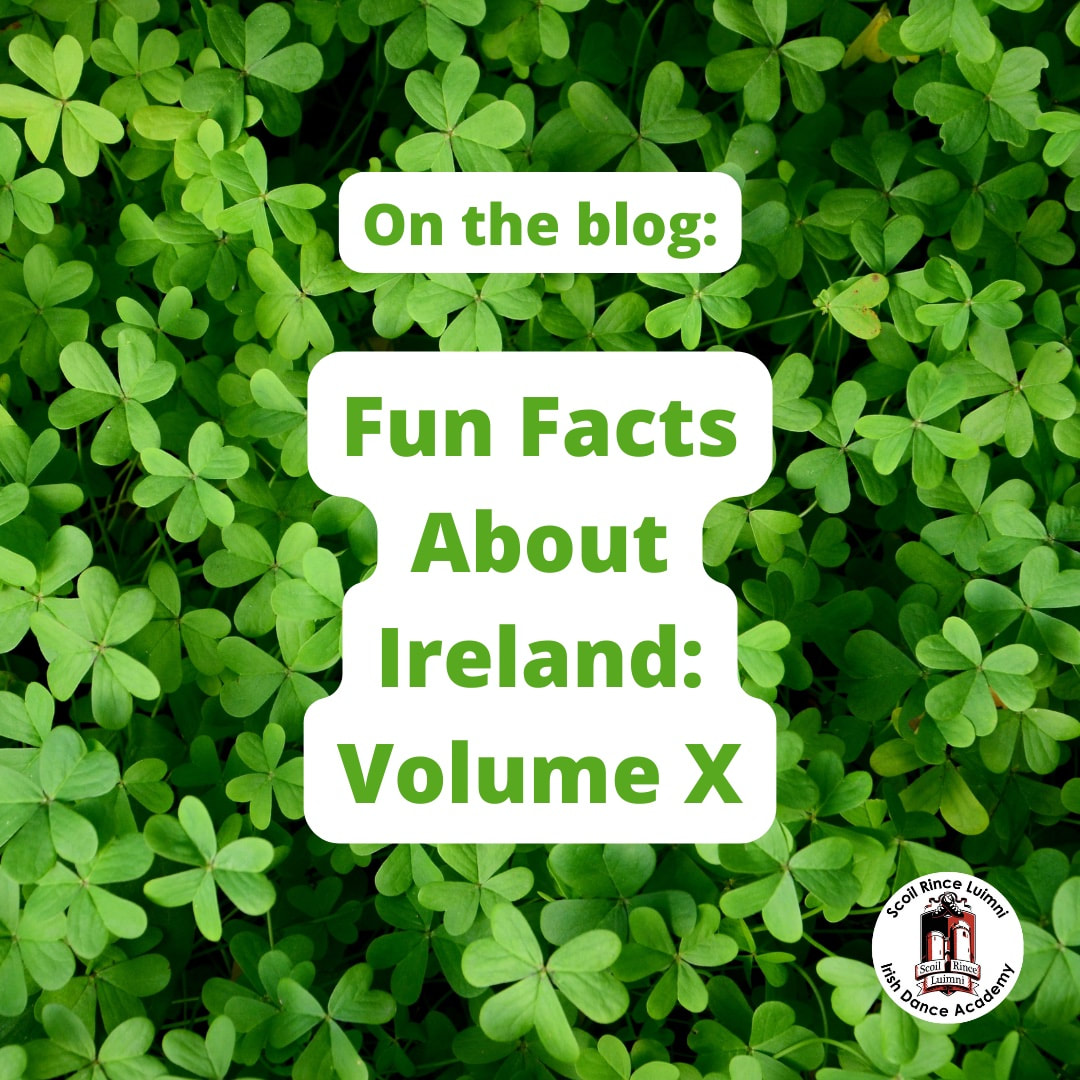
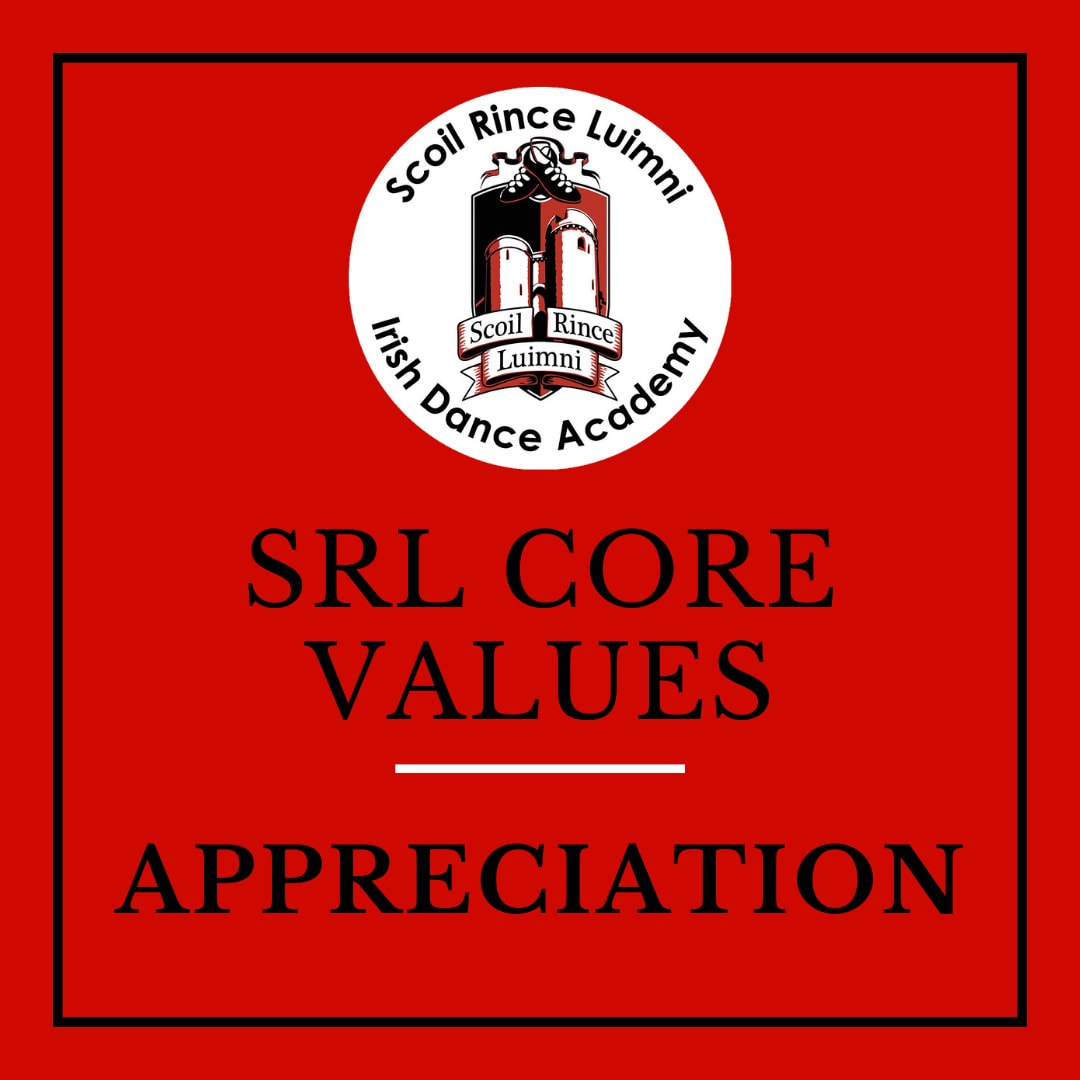
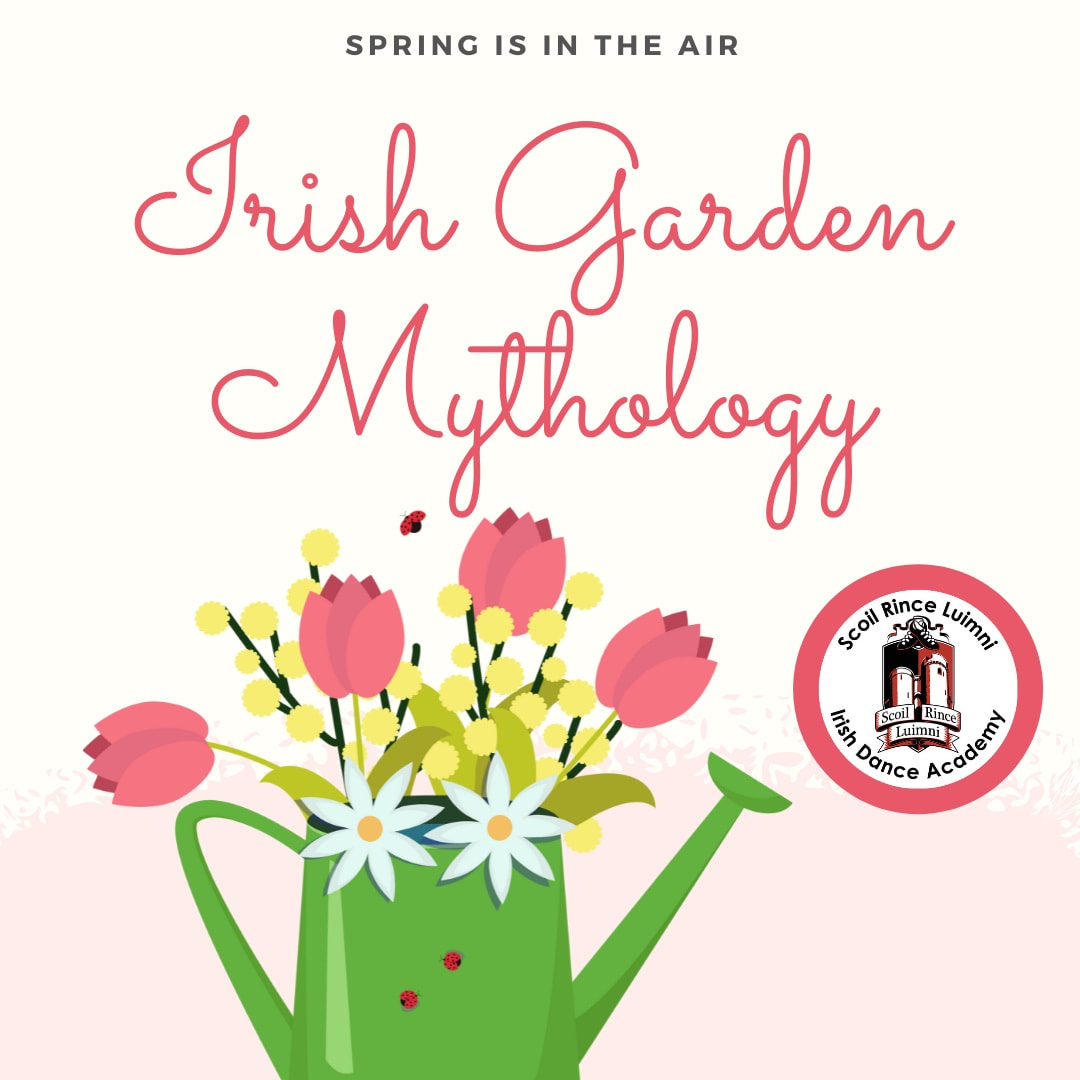

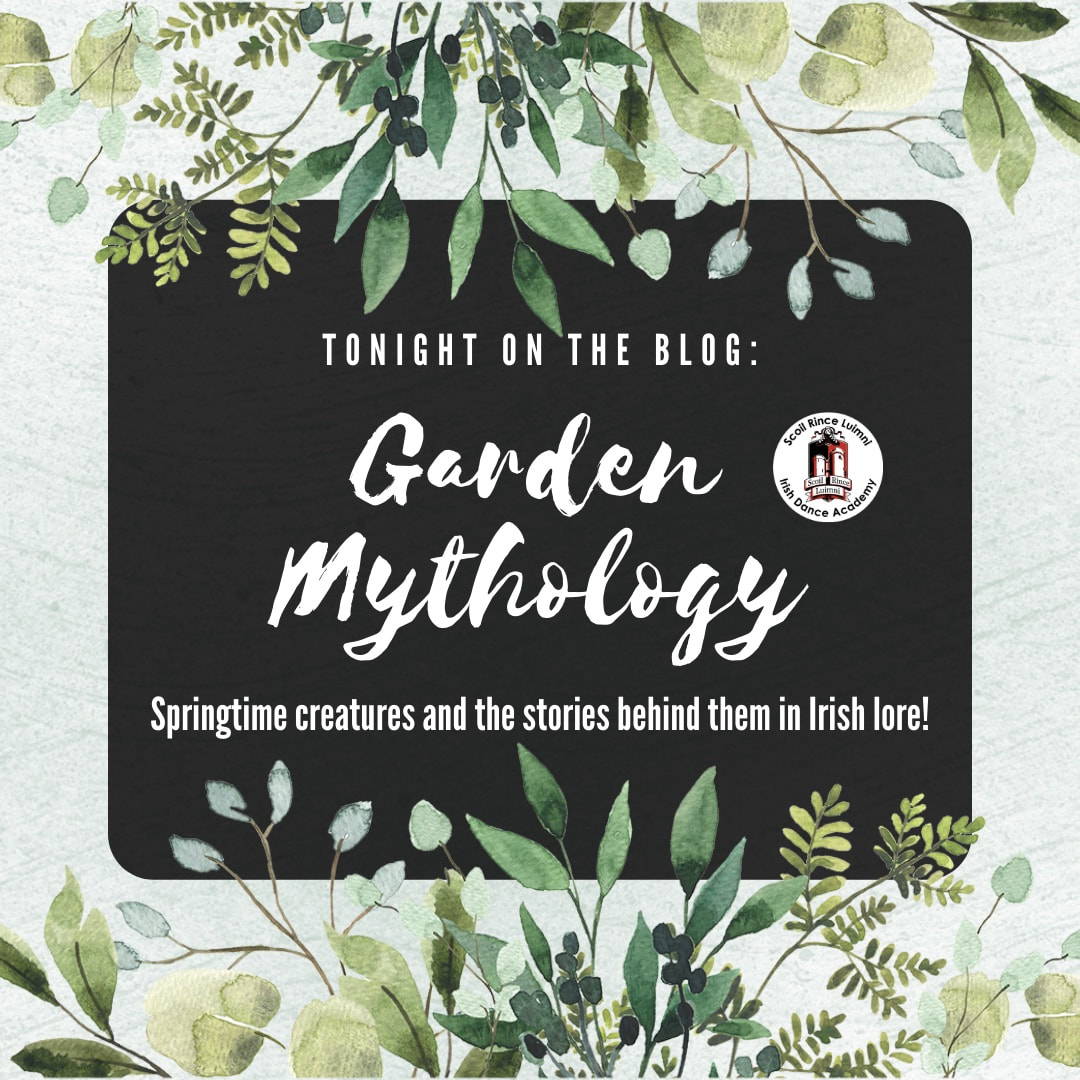
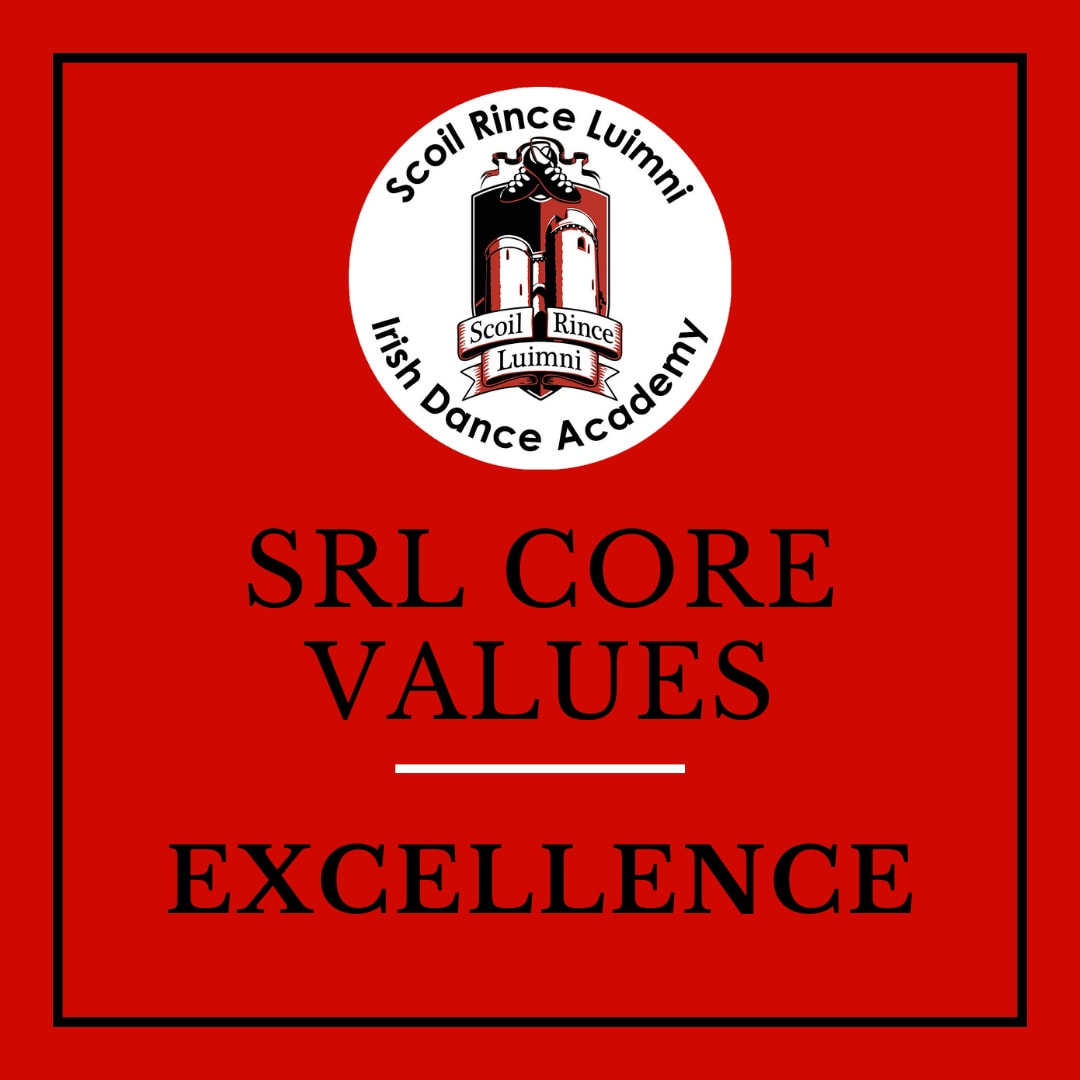
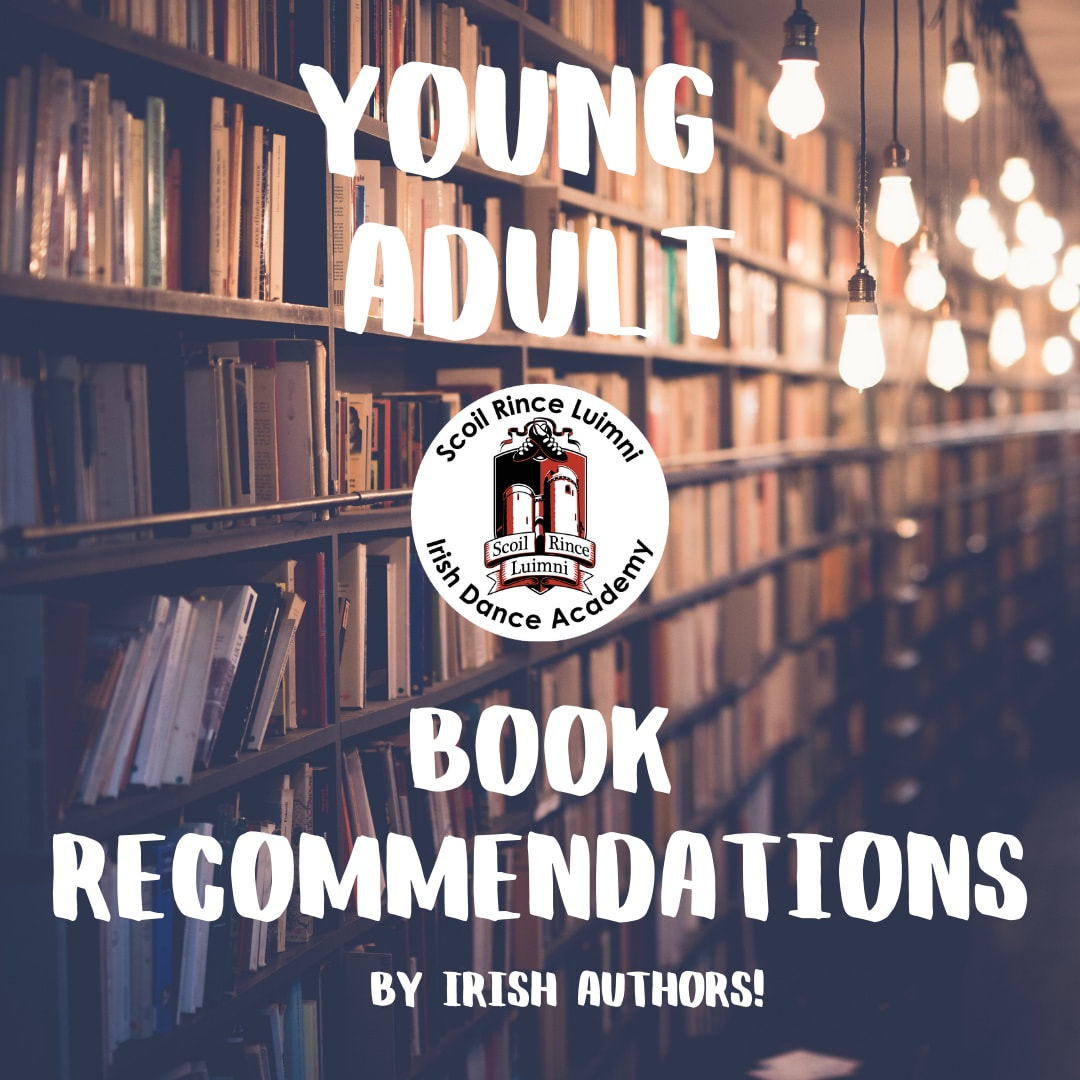
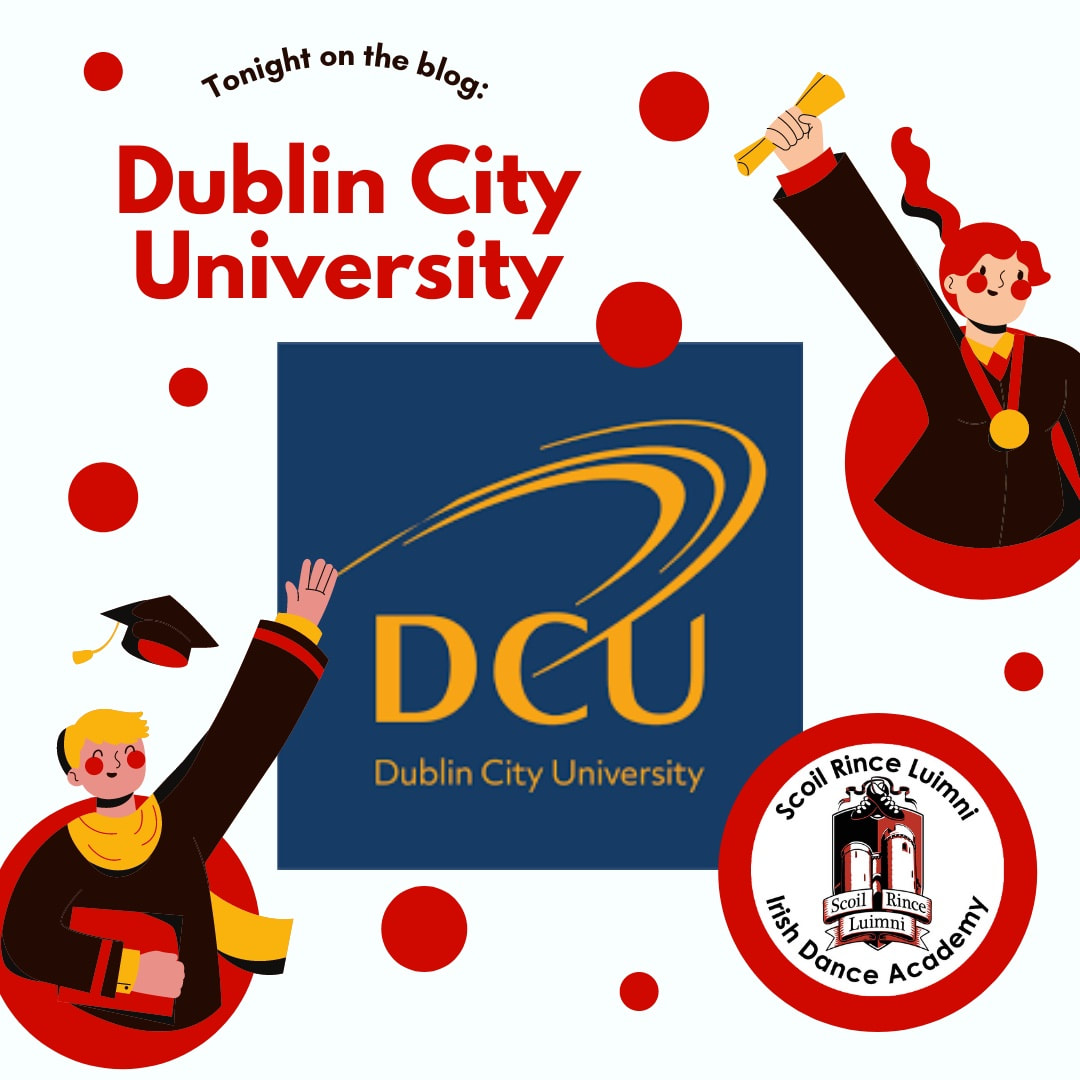

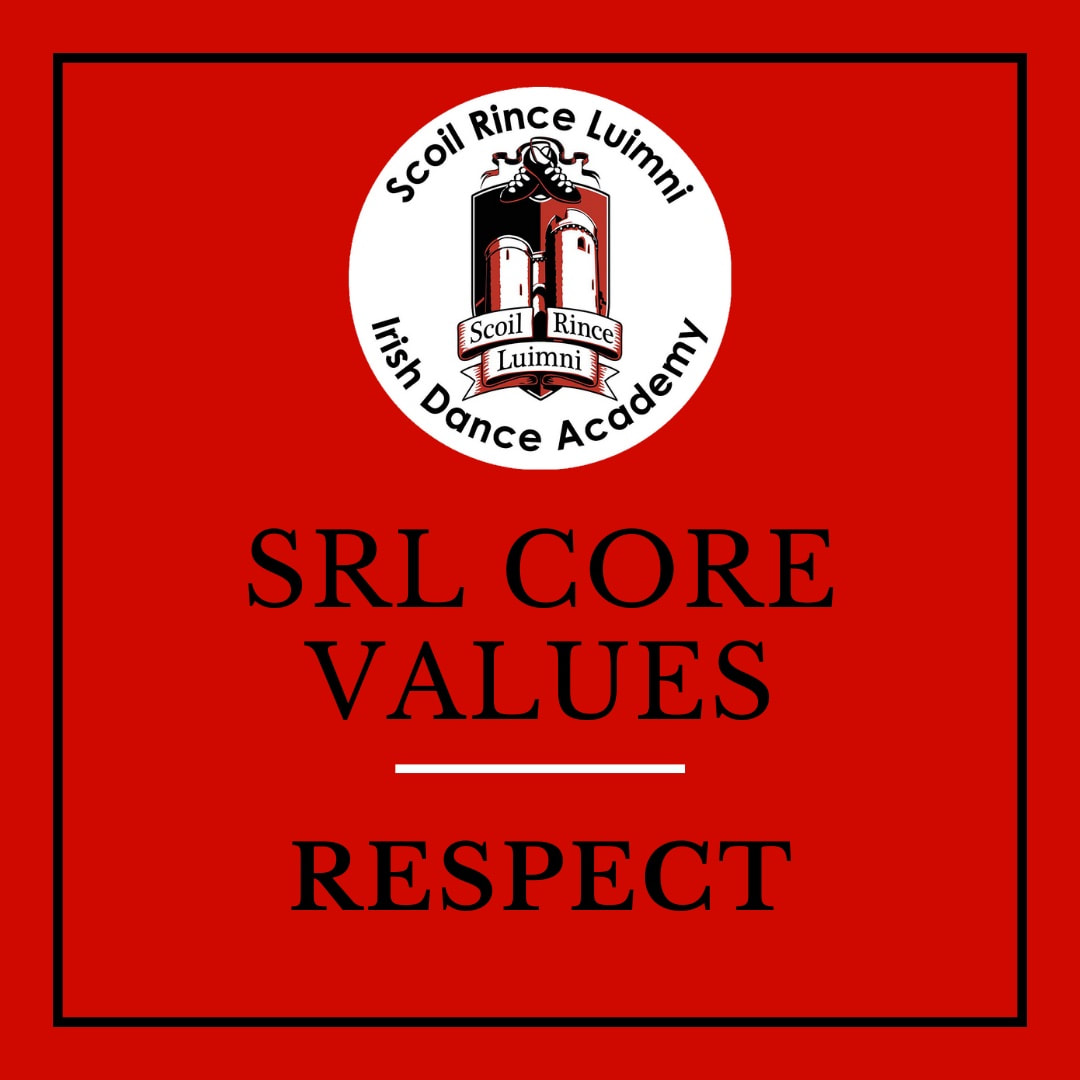
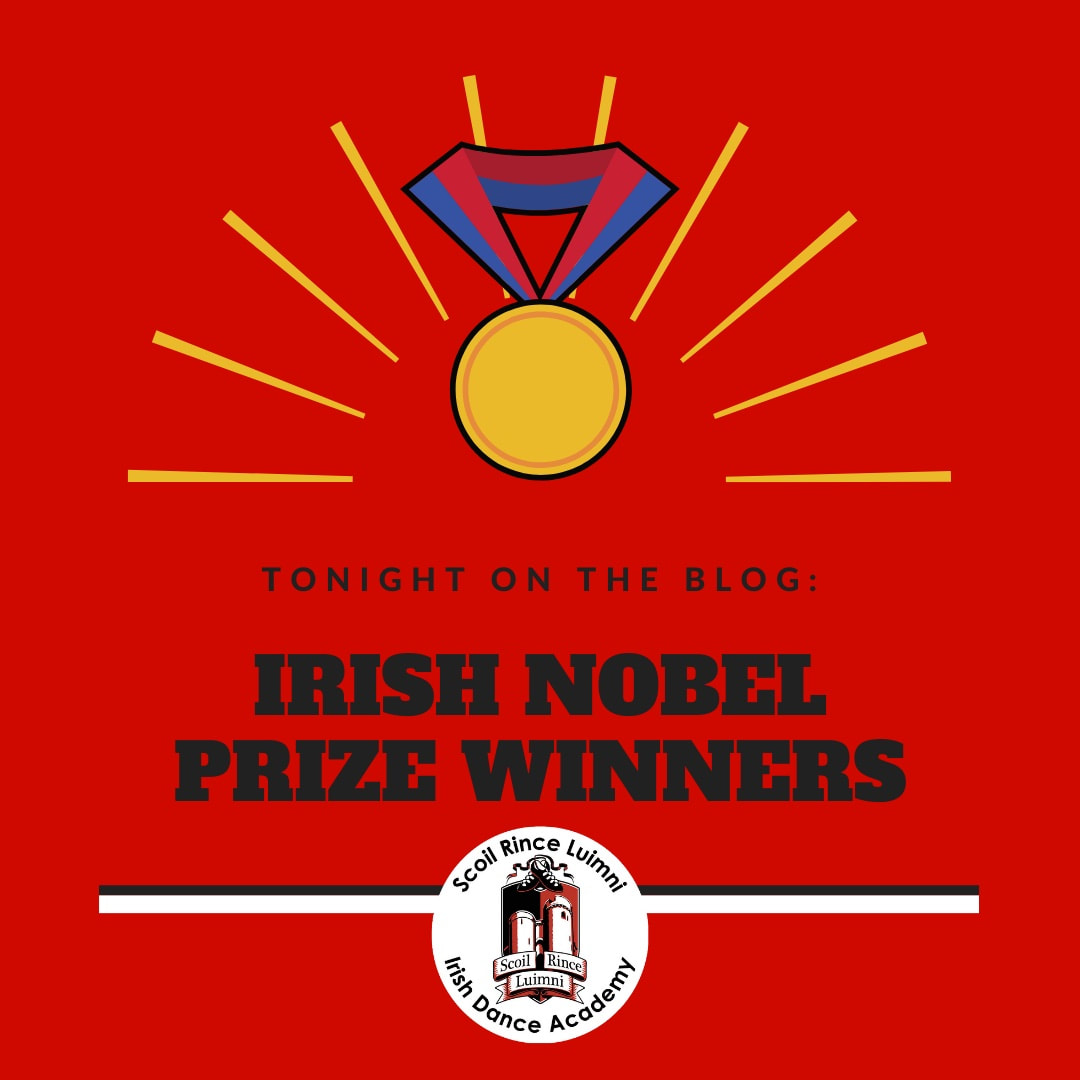
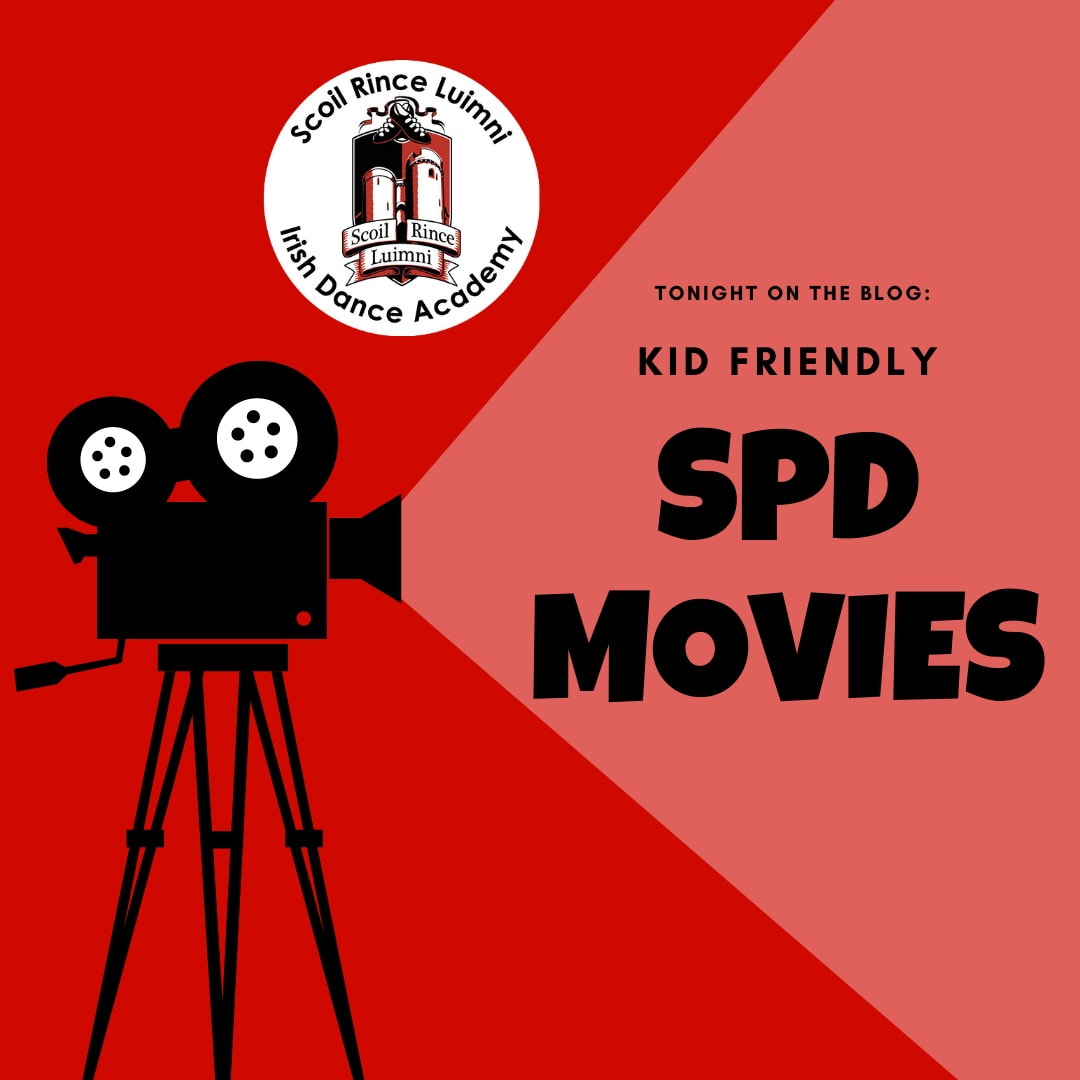
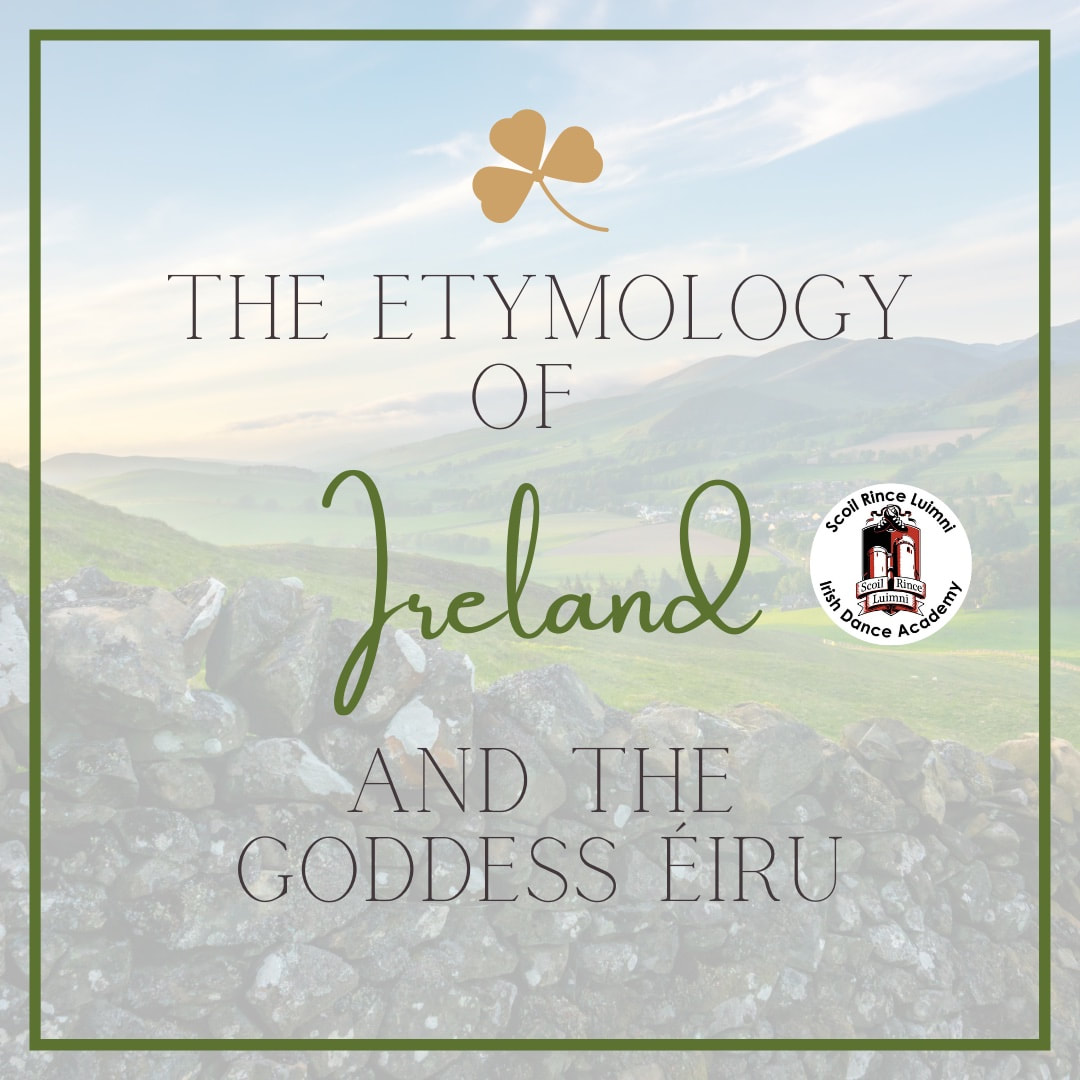
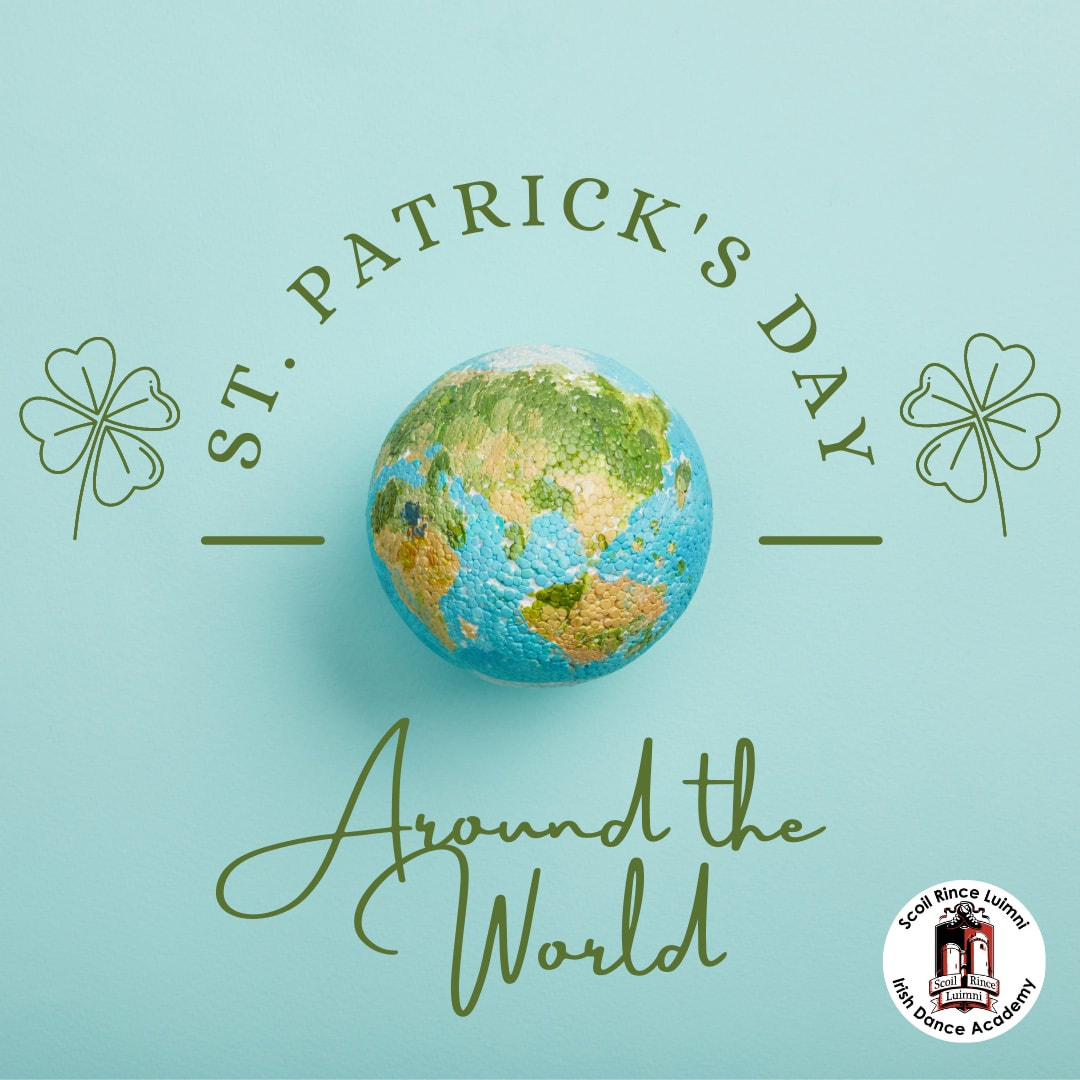
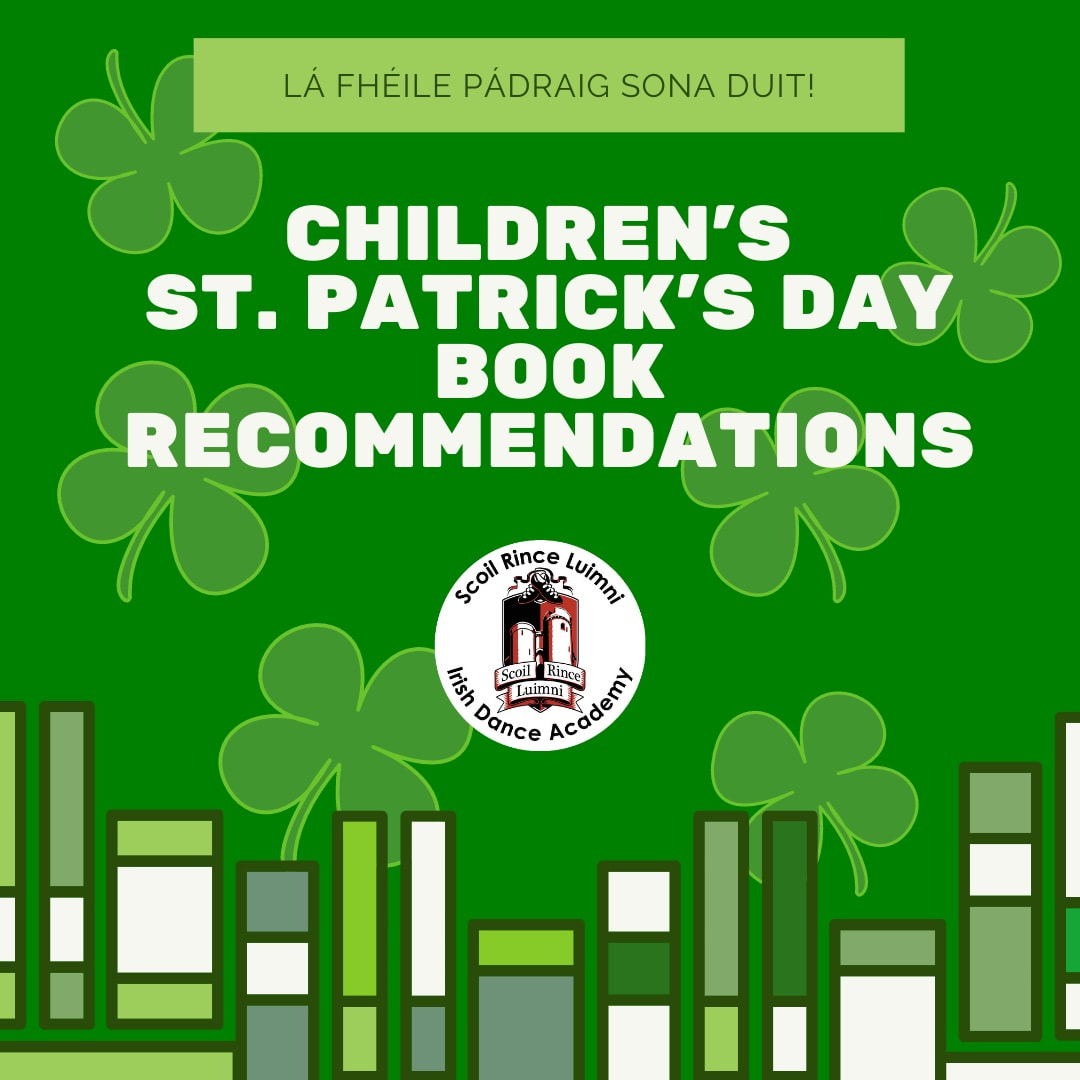
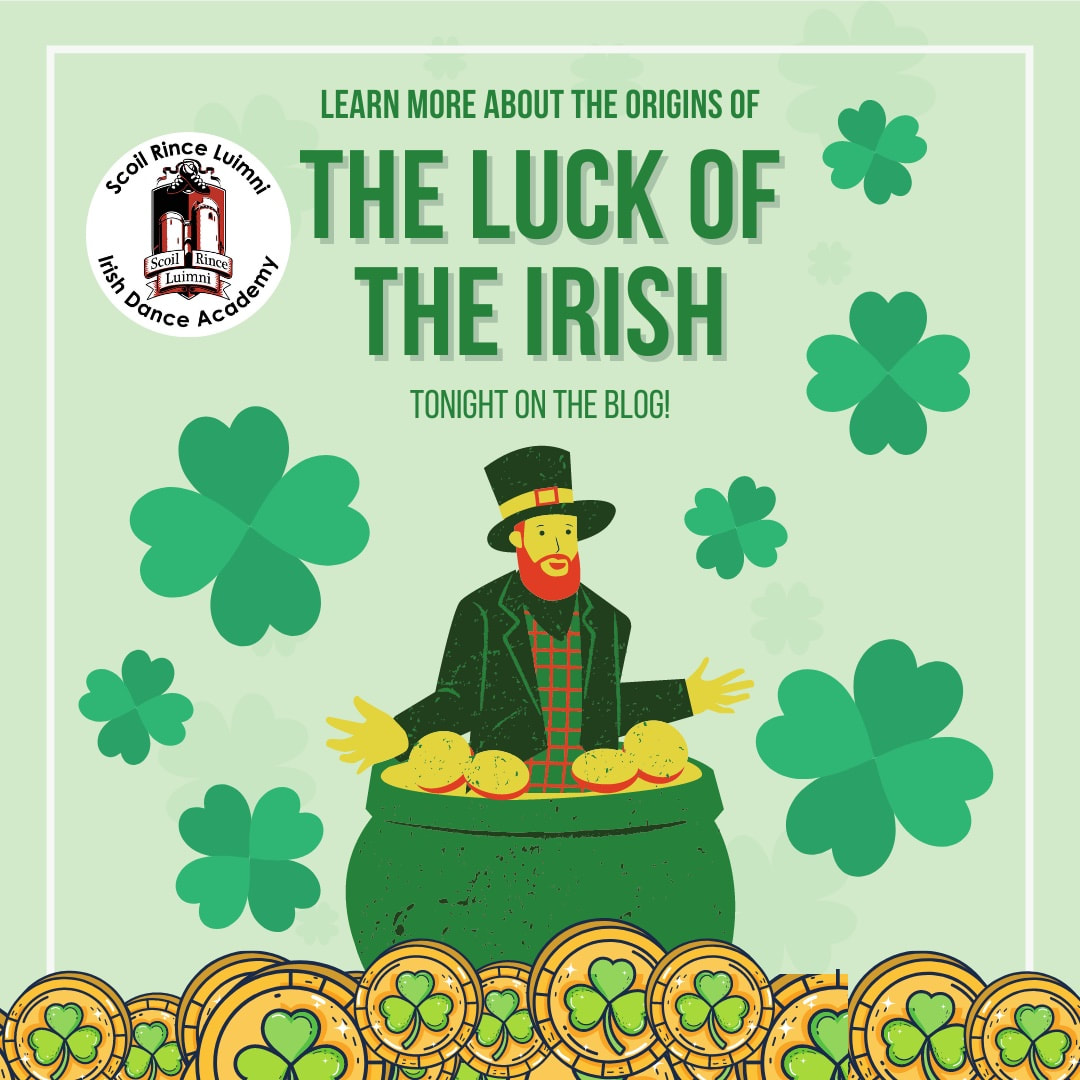
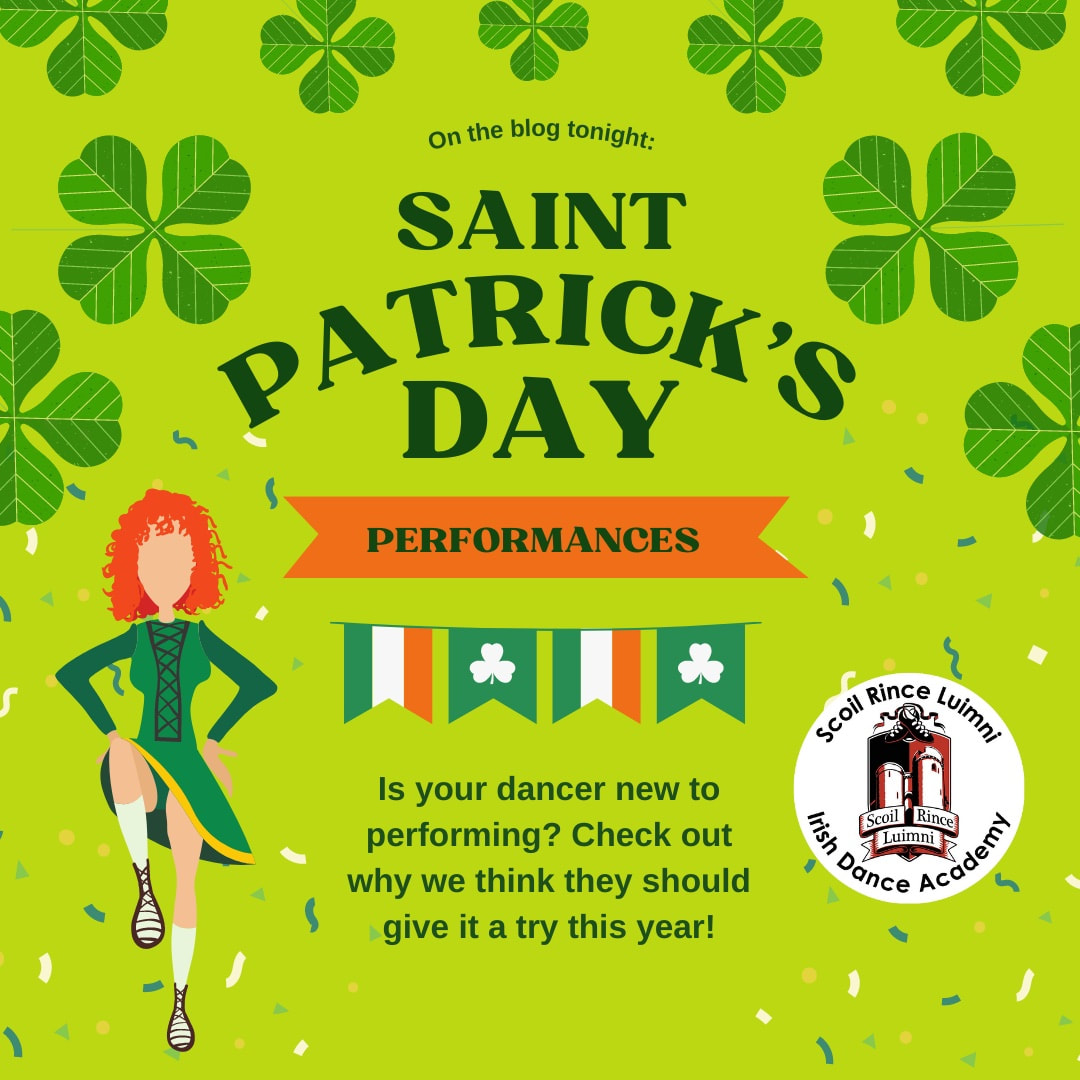

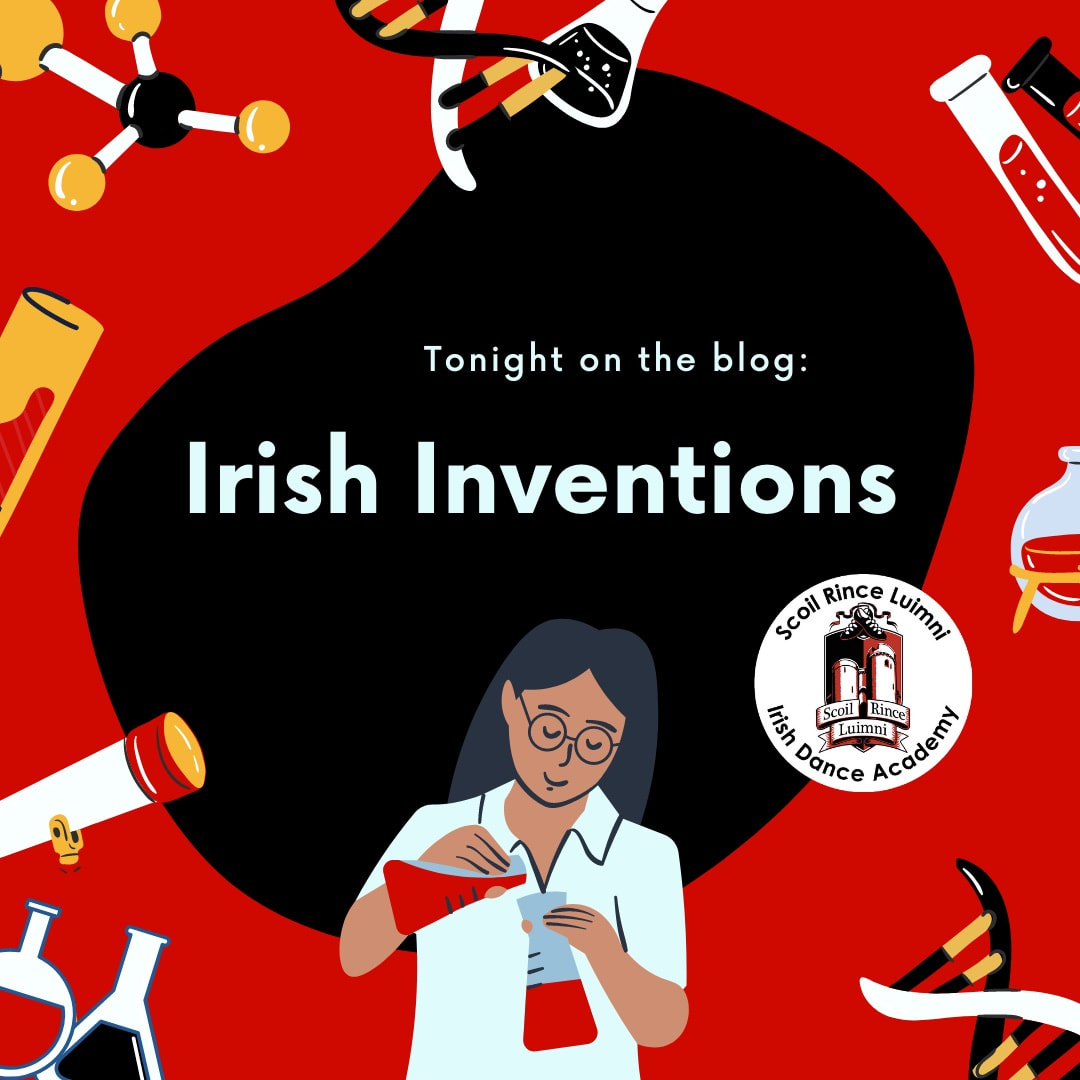
 RSS Feed
RSS Feed